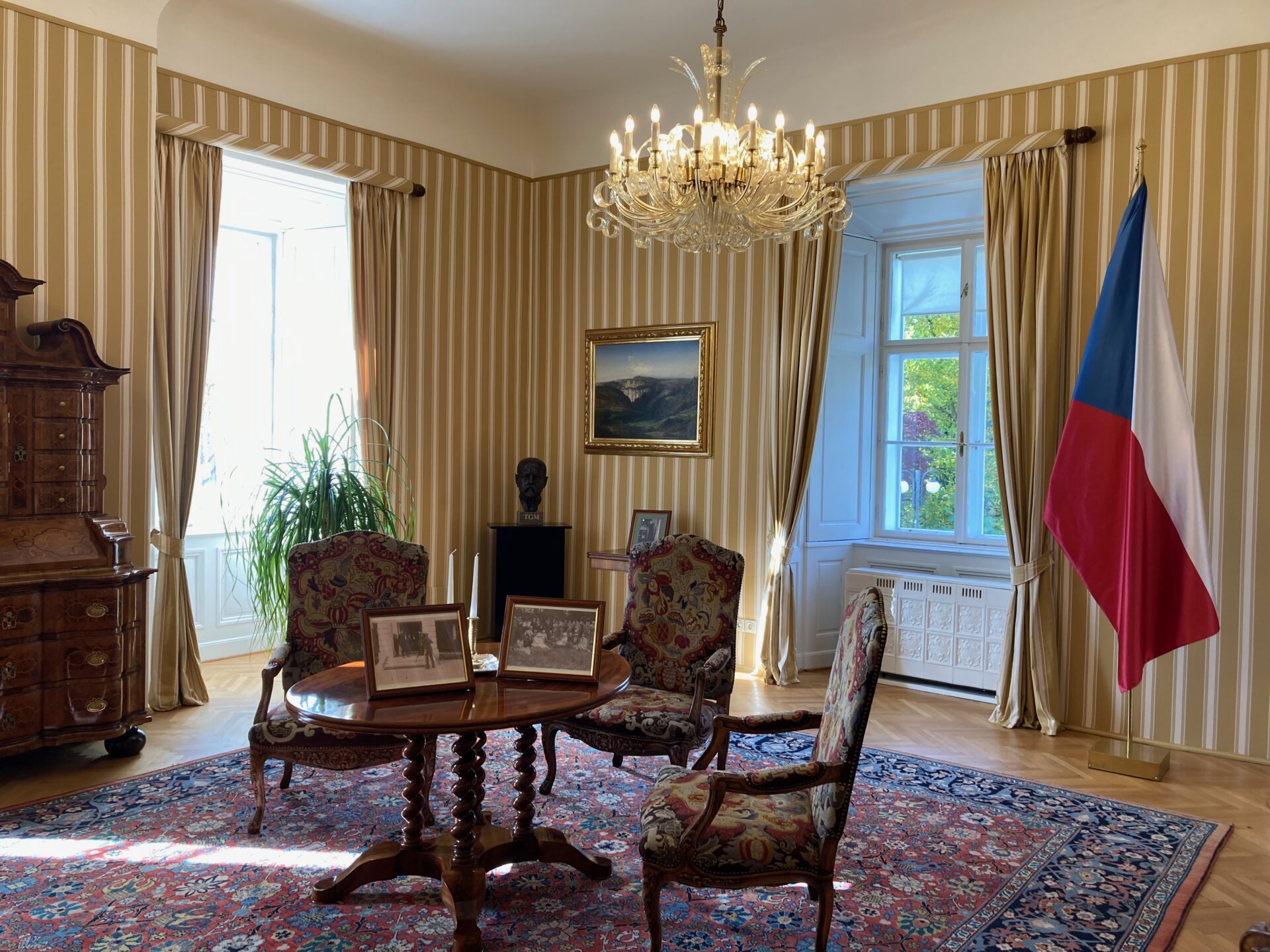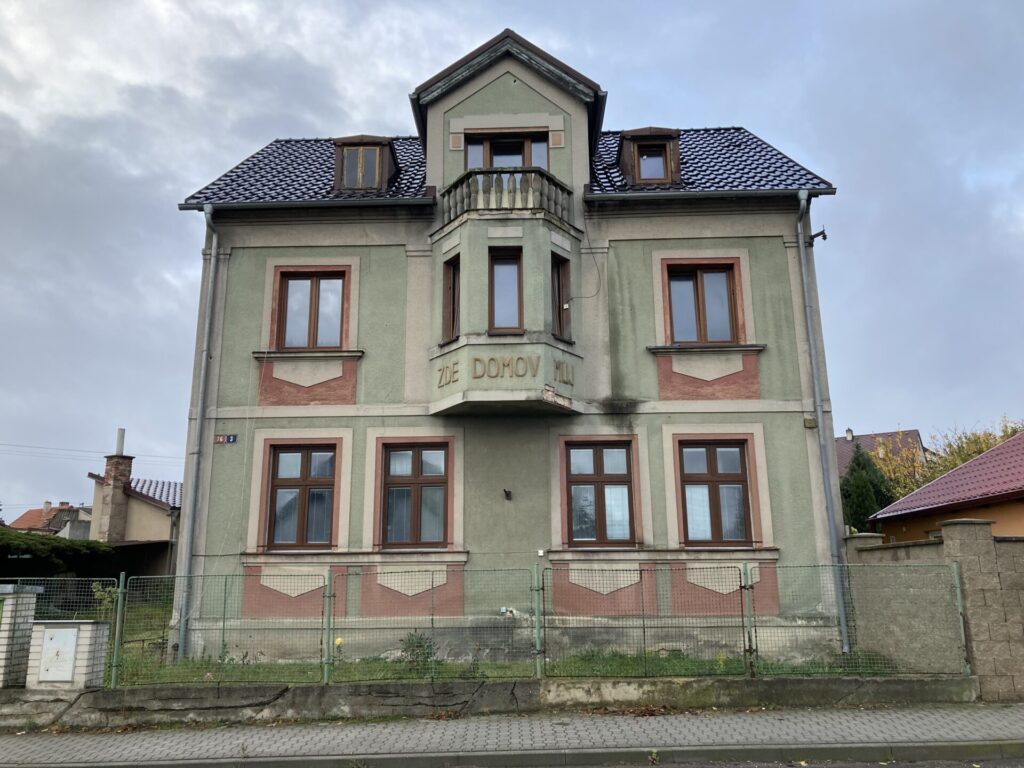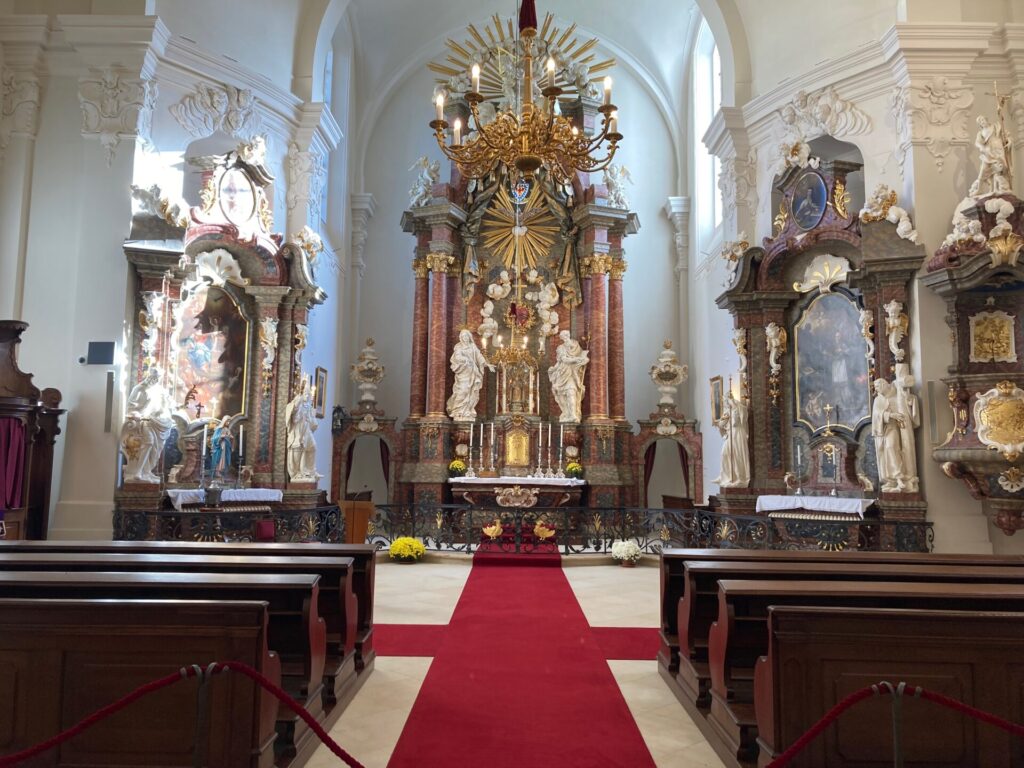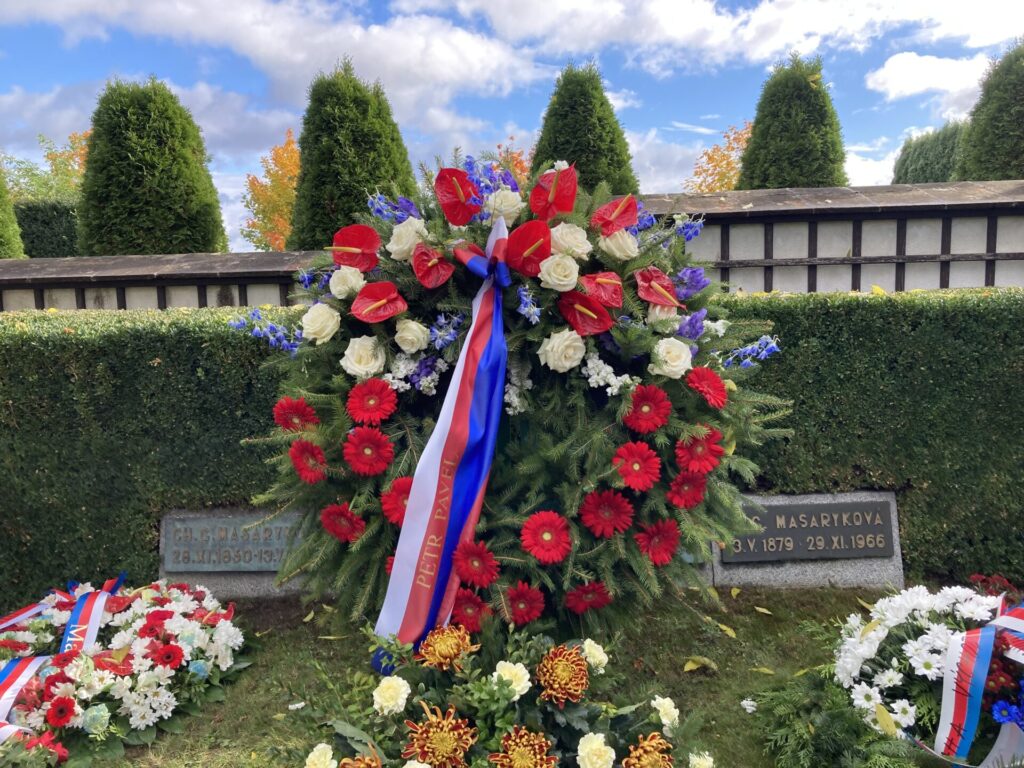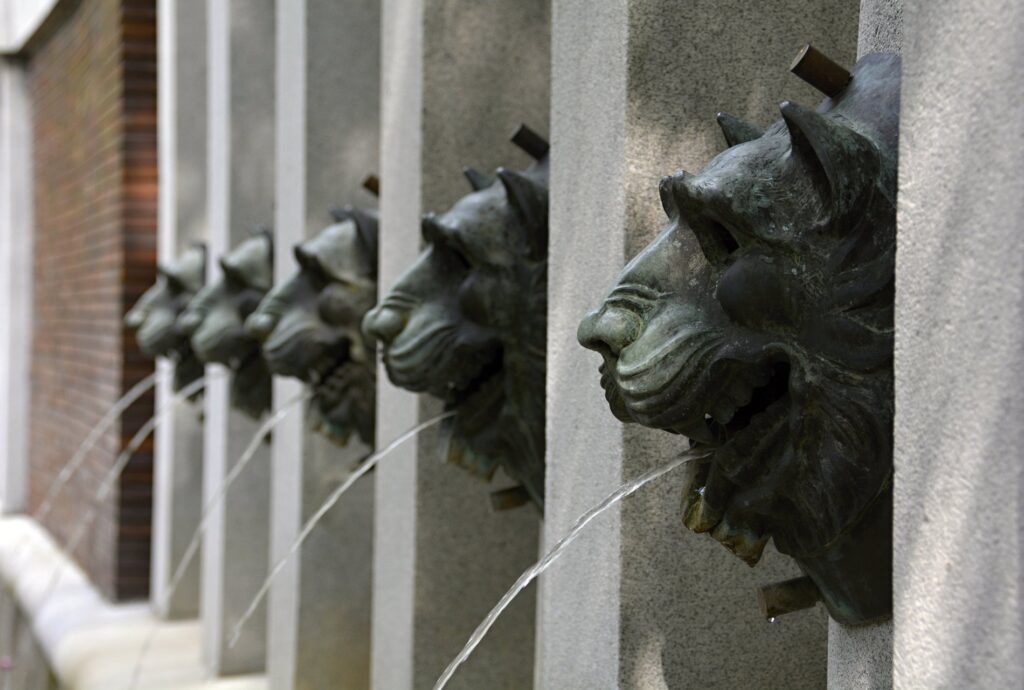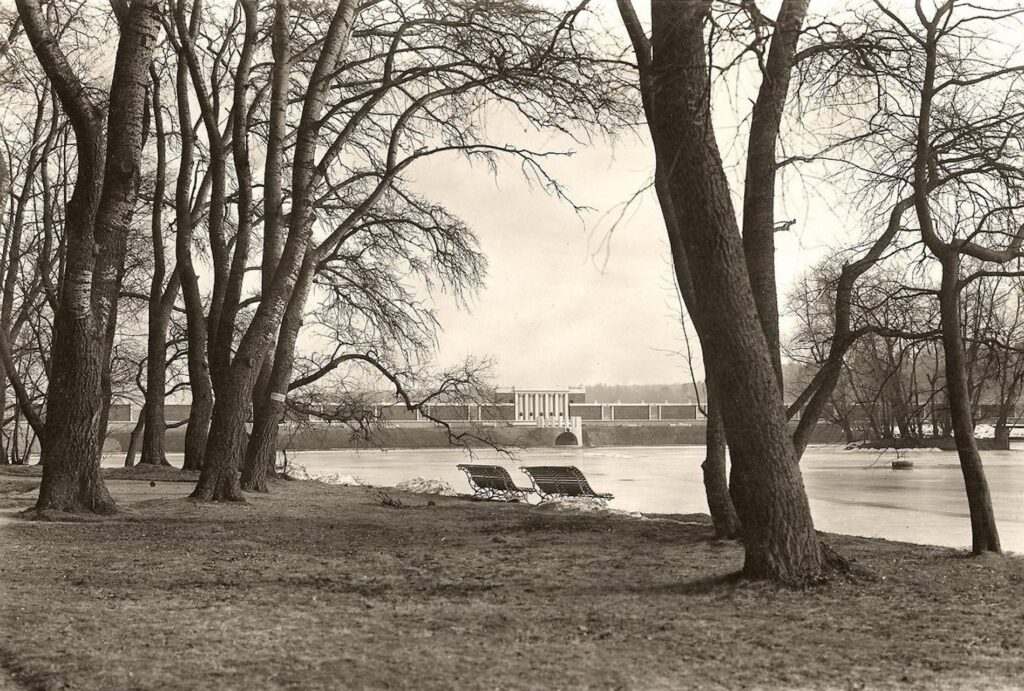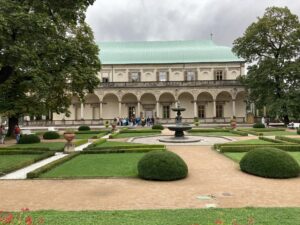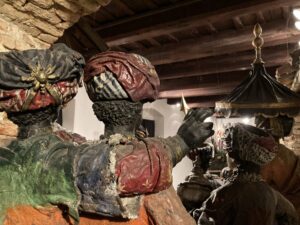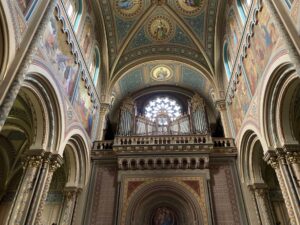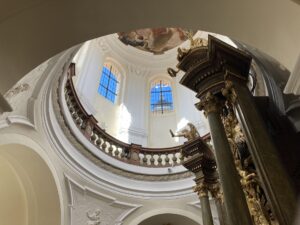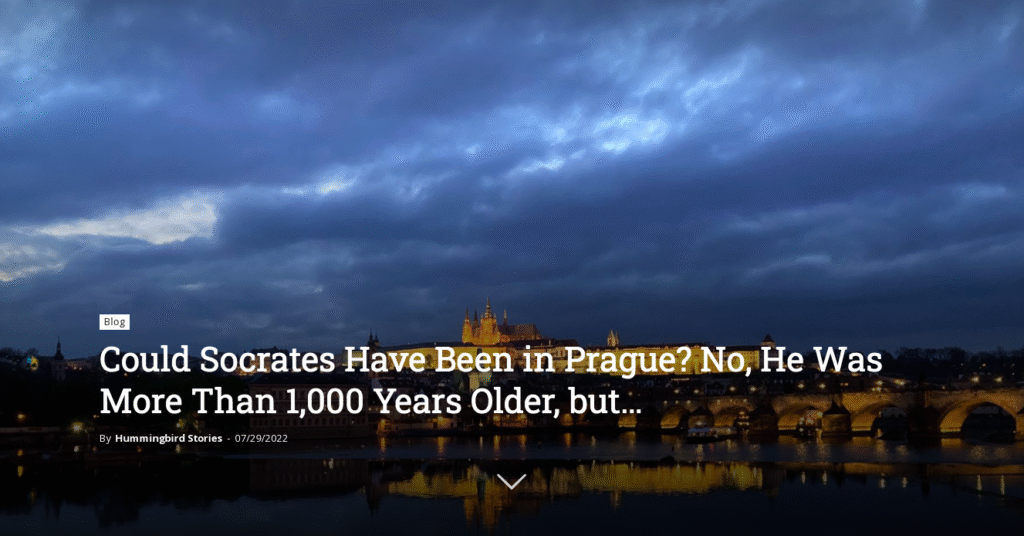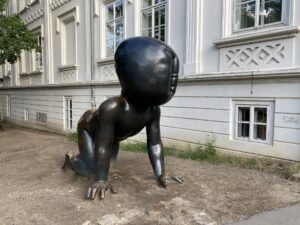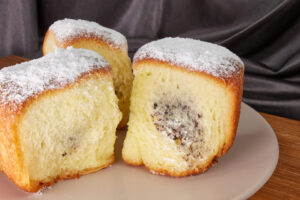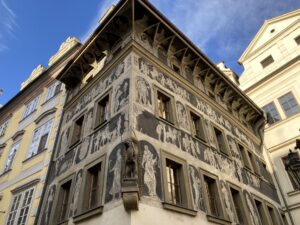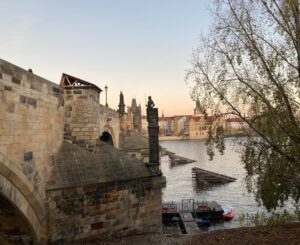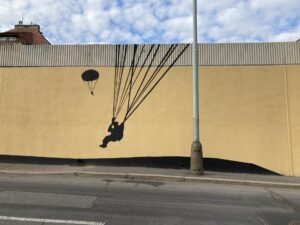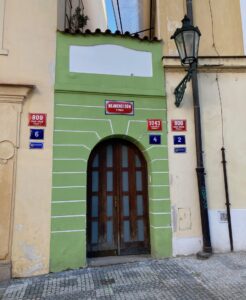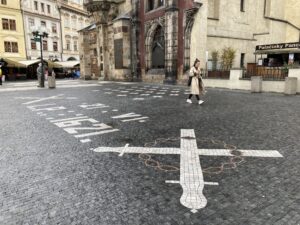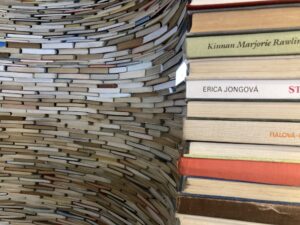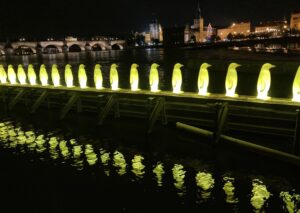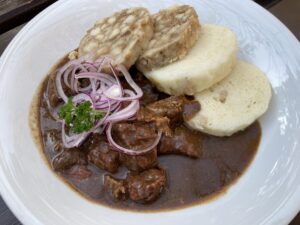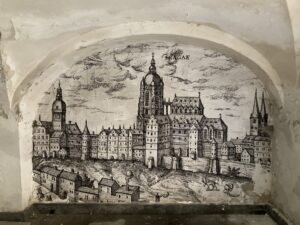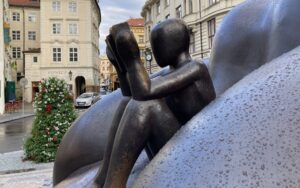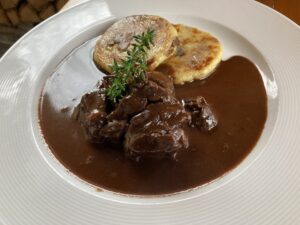Just a short distance west of Prague (you can get there by bus from the Zličín metro station in half an hour), there are two towns very close to each other that are closely related to Czech statehood. The first is the small town of Stochov, where Saint Wenceslas may well have been born. The second is Lány, where there is undoubtedly a castle that is the summer residence of the president. First the Czechoslovak, now Czech.
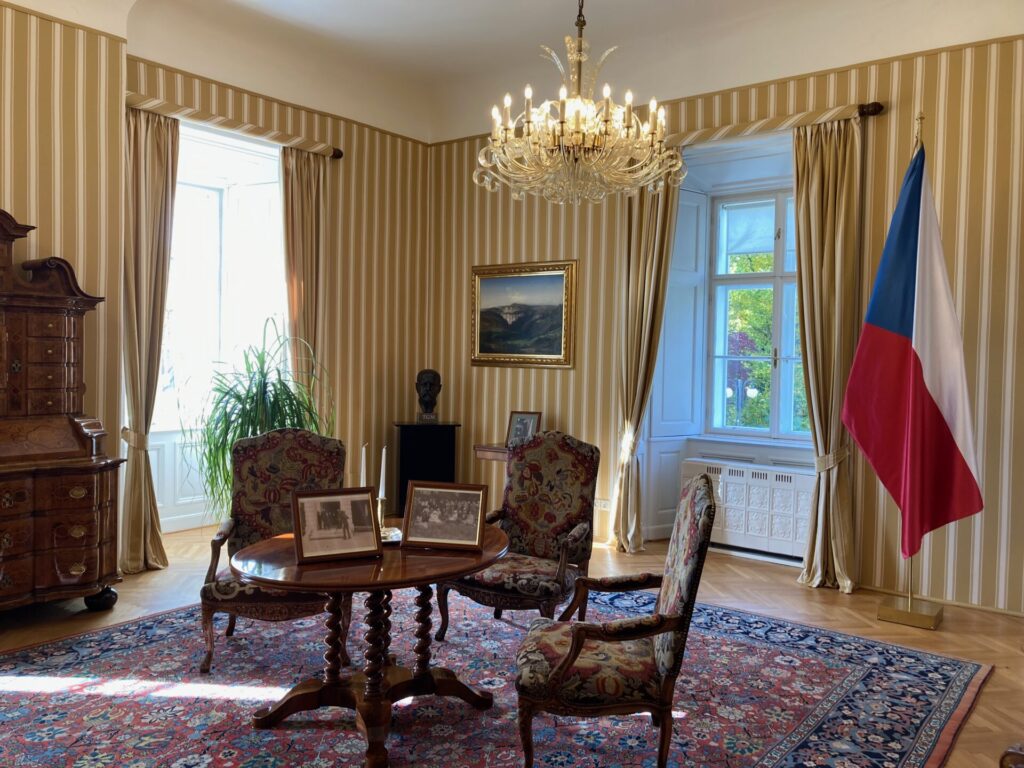
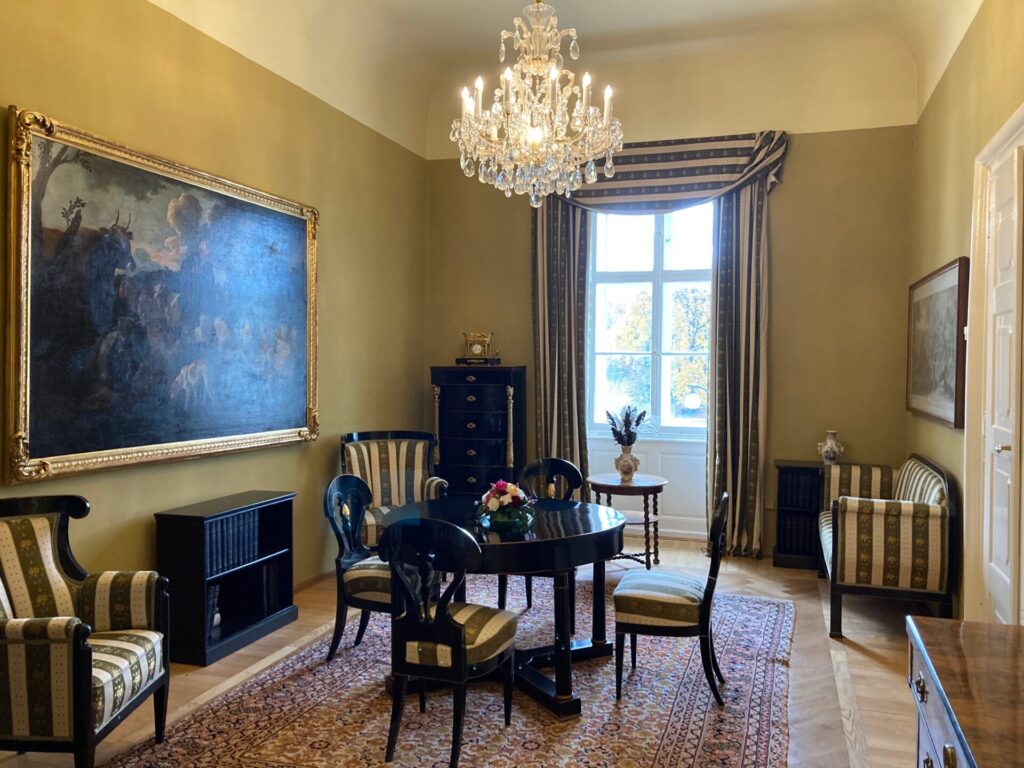
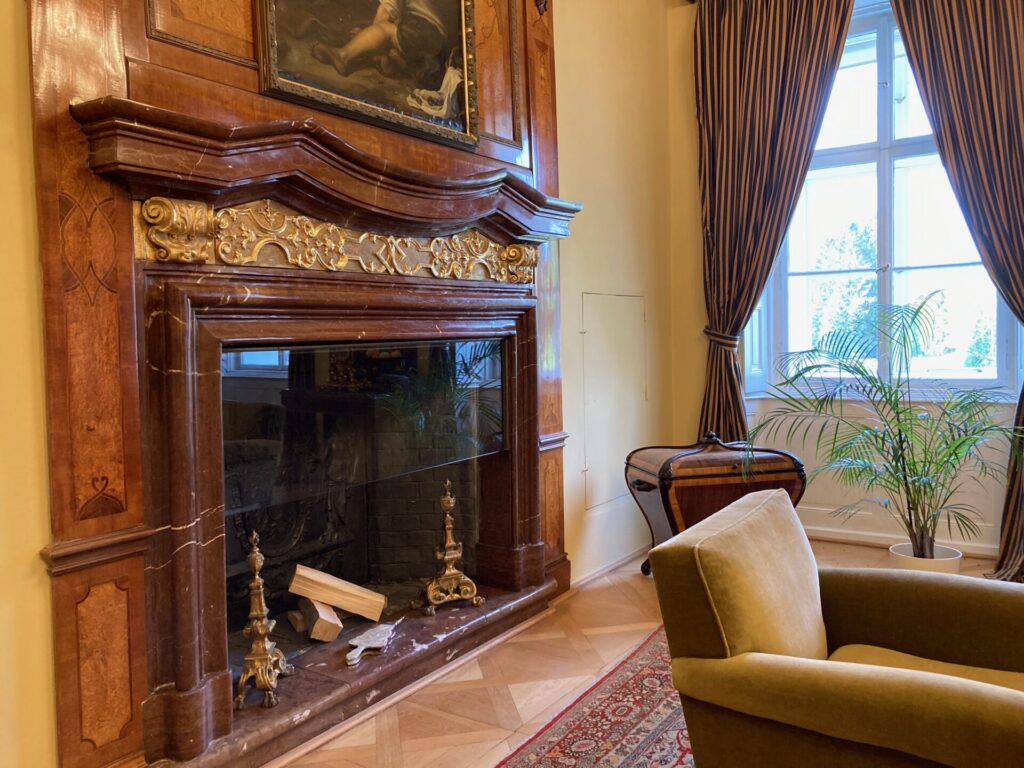
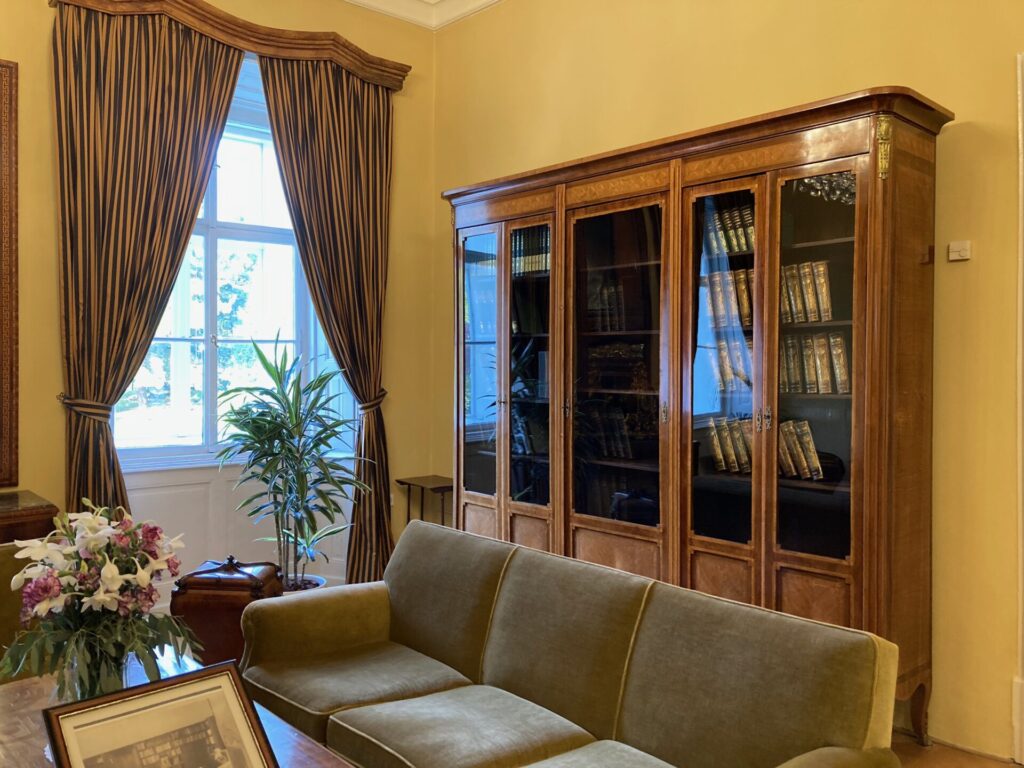
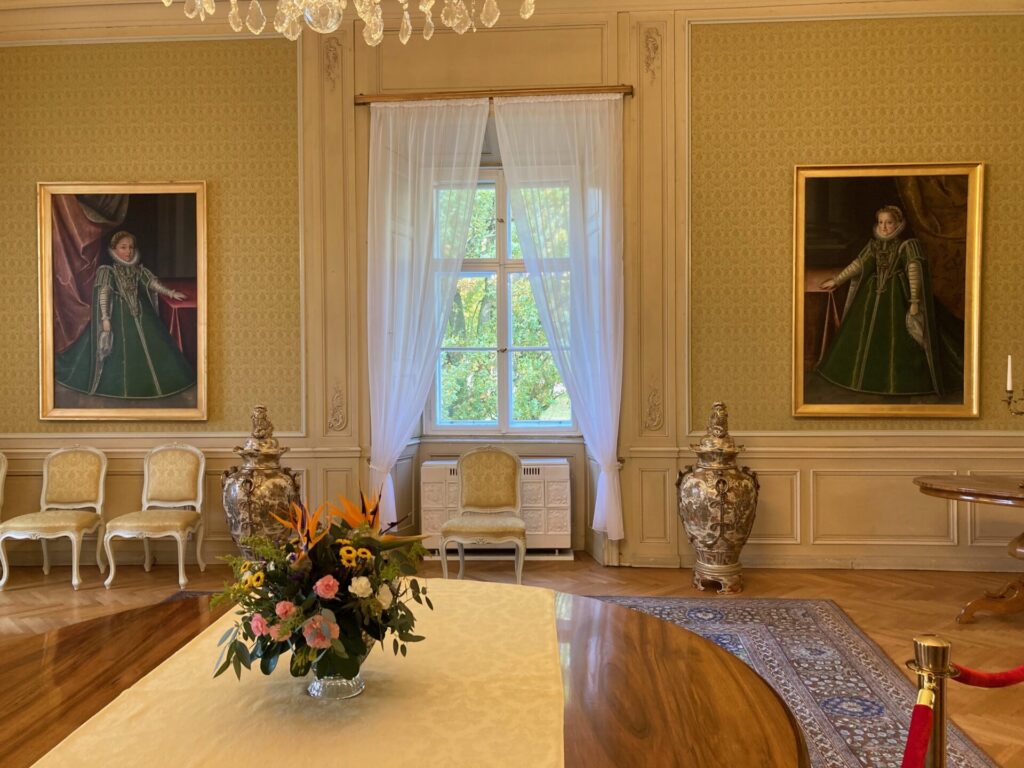
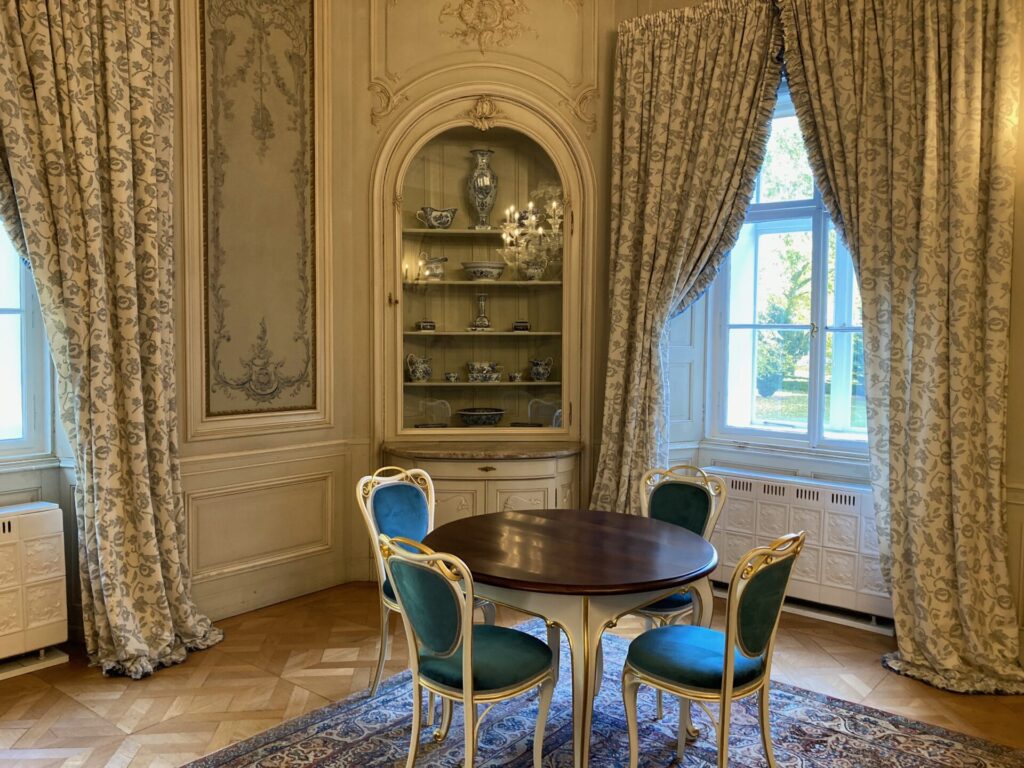
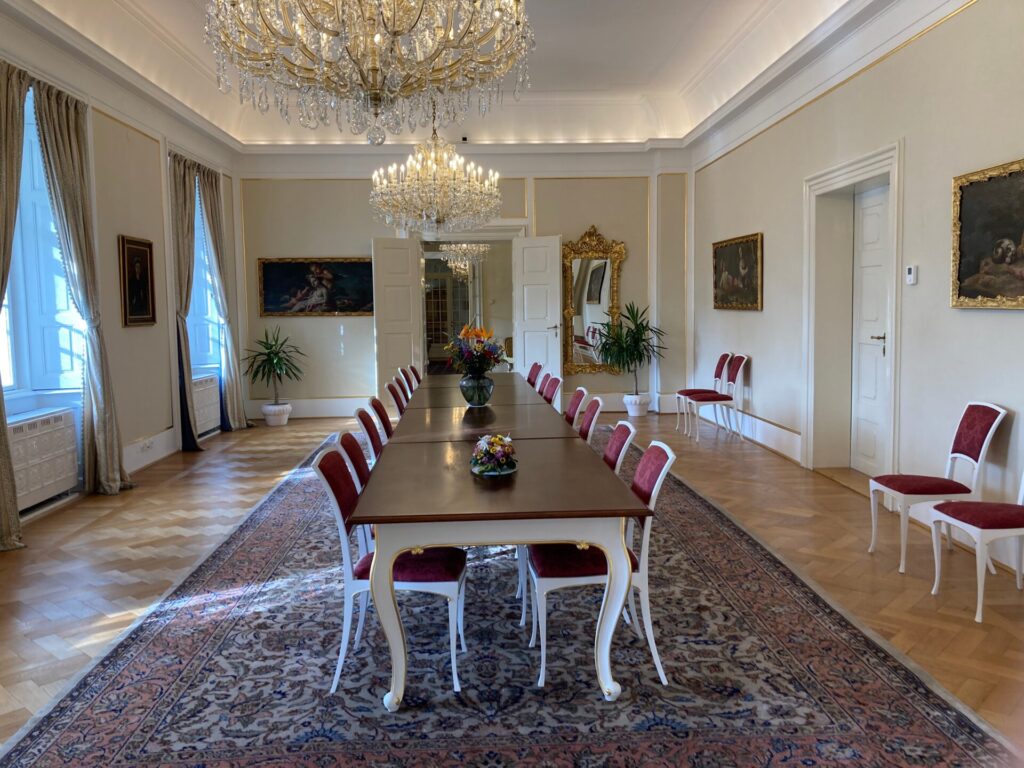
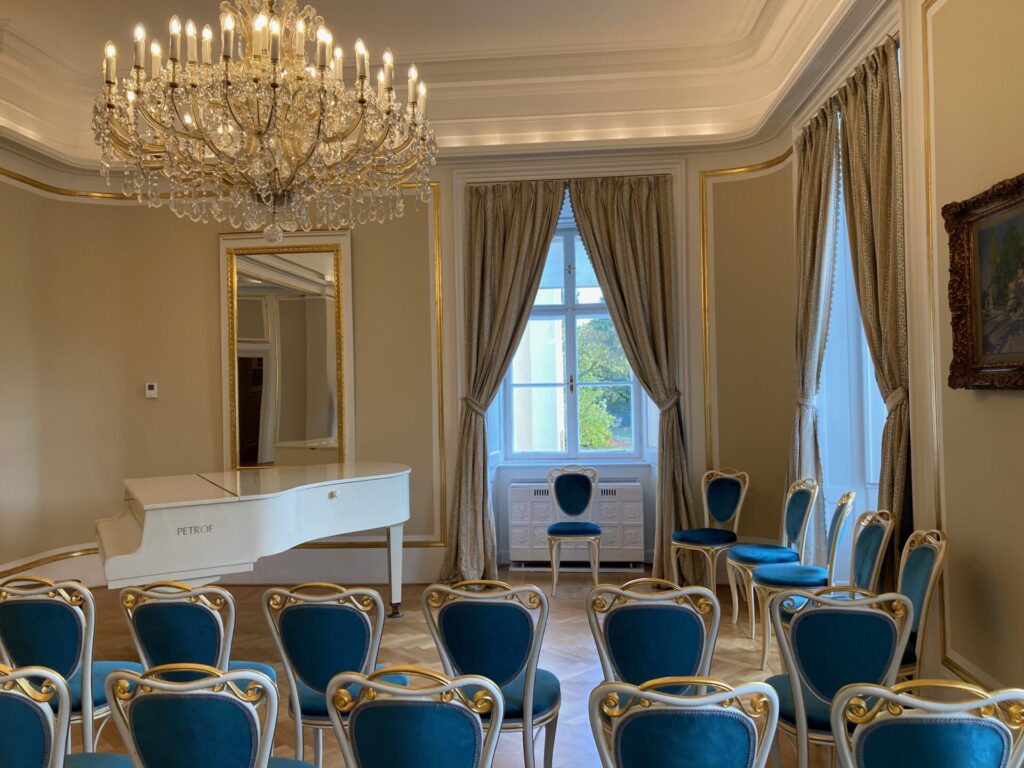
Where or Here?
The people of Stochov are firmly convinced that the patron saint of the Czech land was born there. However, the village residents of Zákolany disagree, claiming that St. Wenceslas saw the light of day right there. Their argument rests on the claim that the oldest preserved building in the territory of Bohemia stands on the nearby Budeč hillfort, where St. Wenceslas and his brother Boleslav were demonstrably educated.
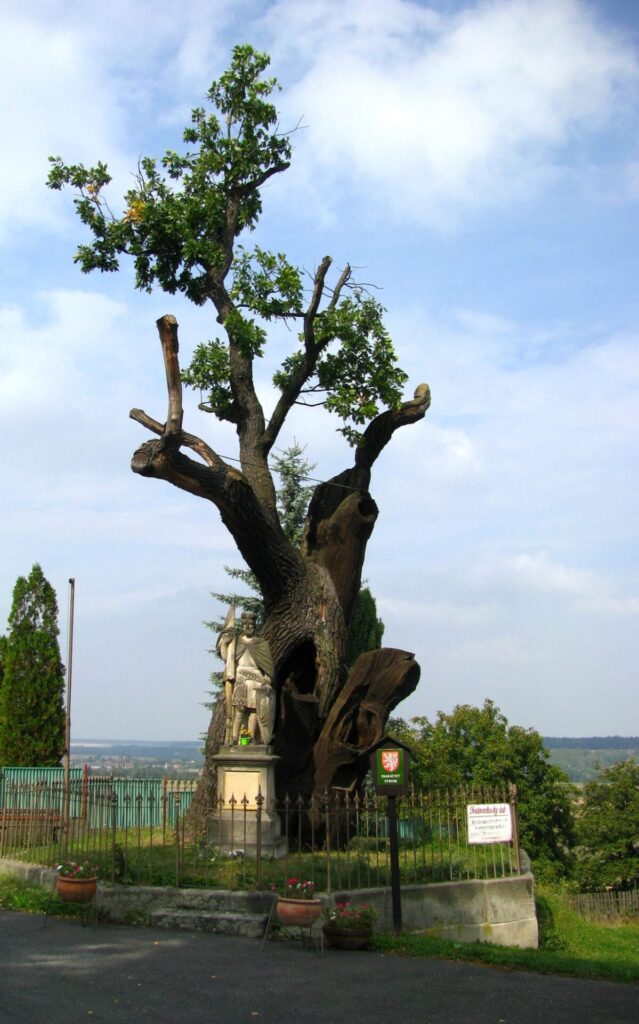
However, the citizens of Stochov disagree with this, questioning the assumption that a person goes to school near their birthplace and supporting thier argument with the presence of the St. Wenceslas oak tree. It is said that Saint Wenceslas’ grandmother, Princess Ludmila, planted it in Stochov on the day of his birth, and she used to water the young sprout with water from the tub in which she bathed Saint Wenceslas. Unfortunately, this fact can no longer be verifed. However, St. Wenceslas was born in 907 (more than a millennium ago), and according to experts, the oak tree is said to be “only” 800 years old.
Whether it was or not, pride in the patron of the Czech land is omnipresent in the village. In addition to the St. Wenceslas oak, there is the Church of St. Wenceslas.
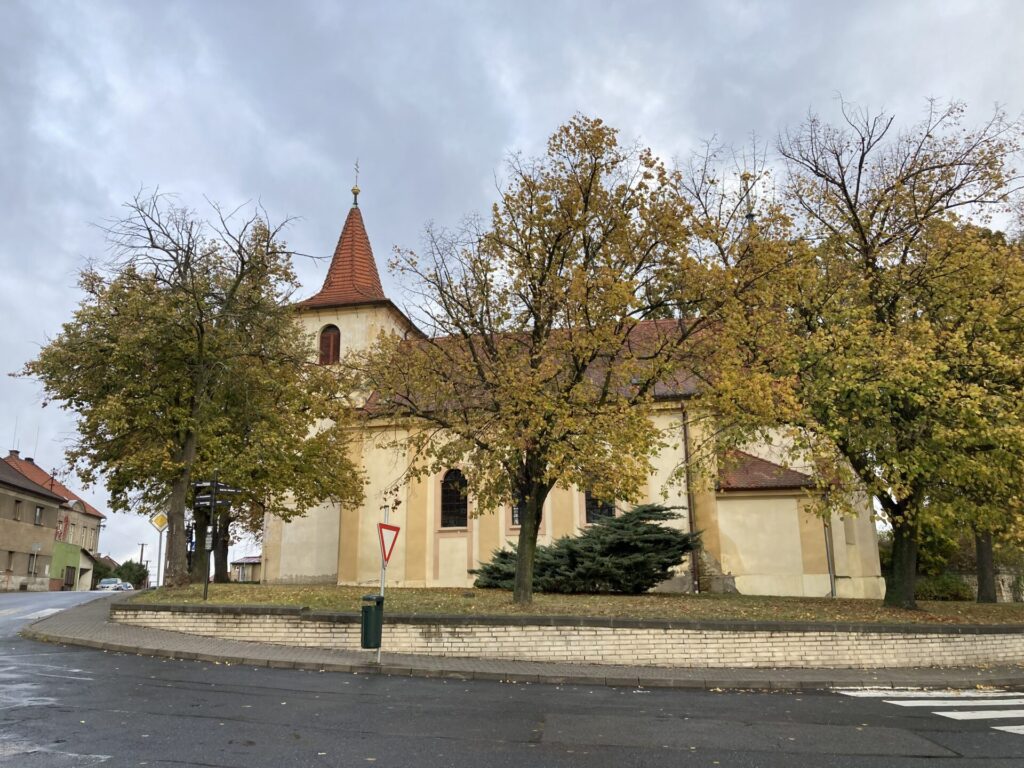
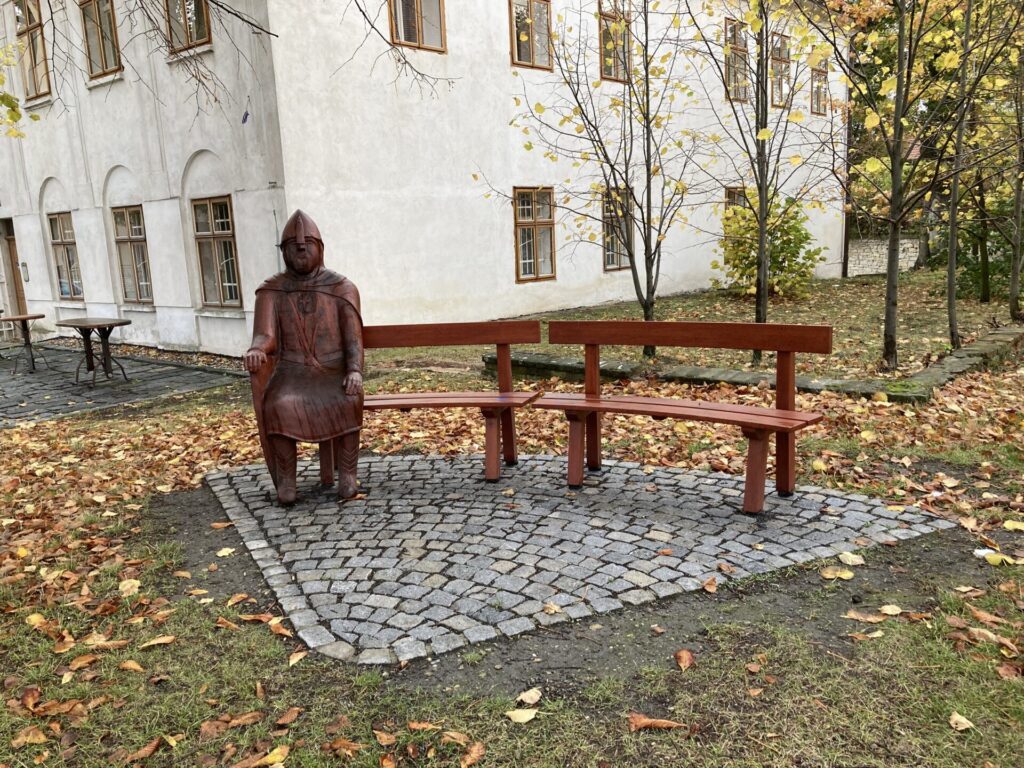
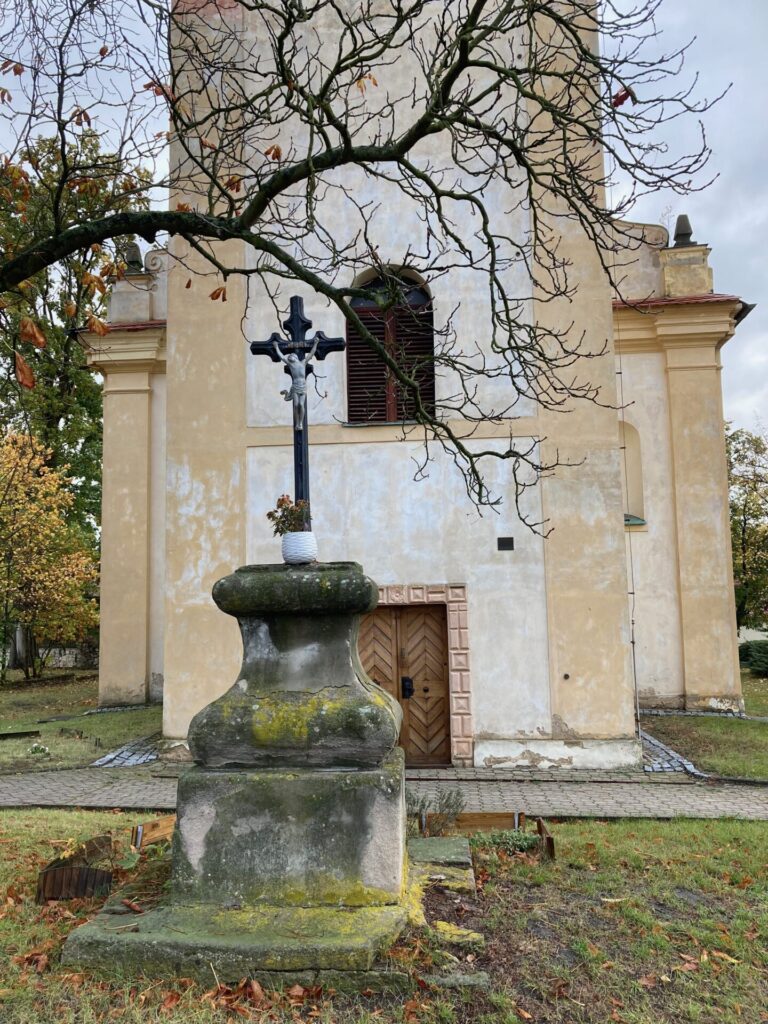
And nearby is a house whose owner funnily shows off his patriotism. To understand the inscription “ZDE domov můj” (Here is my home), it is necessary to remember that the Czech national anthem begins with the verse “KDE domov můj?” (Where is my home?), so by simply replacing one letter in the first word (Zde / Kde = Here / Where), the statement that here is my home becomes the opening verse of the Czech national anthem.
Lány as the plural of the word “lán”
The municipality of Lány has an unquestionable relationship with the Czech state because everyone knows that there is a castle here serving as the summer residence for the president.
The first written mention of the village of Lány dates back to 1392 with records of a man named Hašek of Lány who owned the local fortress and village. The name of the village comes from the word “lán.” This word appeared for the first time in 1228 and referred to the size of a plot of land. It was such a large piece of land, so big it needed to be plowed by one pair of horses. “Lán” was also used as a length of measurement, a distance of almost 5 miles.
The word “lán” is now a bit archaic, but it has undoubtedly survived to the present day as a symbol of greatness – a large grain field is called a “lán”. It is also used to express a long distance. “Lán cesty” means a long distance, a long journey (the Czech word “cesta” means journey). “Lán světa” (svět = world) is then logically used to refer to an even greater distance than “lán cesty”.
Briefly From the History of Lány Castle
It was originally a fortress, built shortly before 1581. In 1592 – 1593, the fortress was rebuilt by Emperor Rudolph II into a Renaissance hunting lodge surrounded by ramparts and a moat.
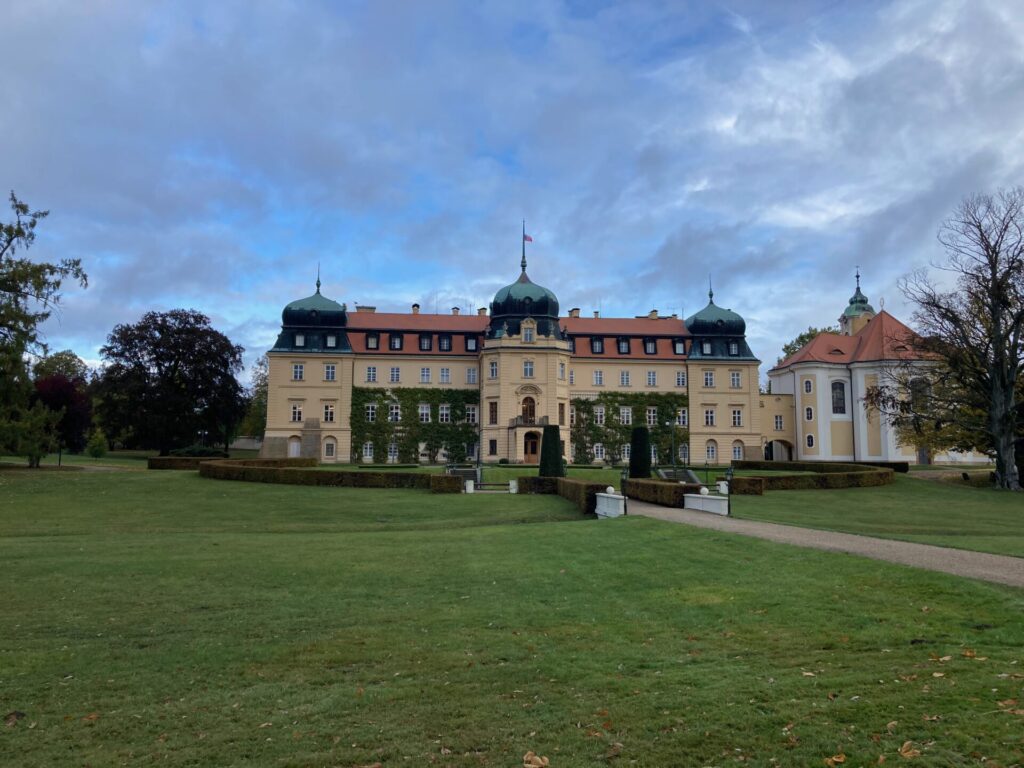
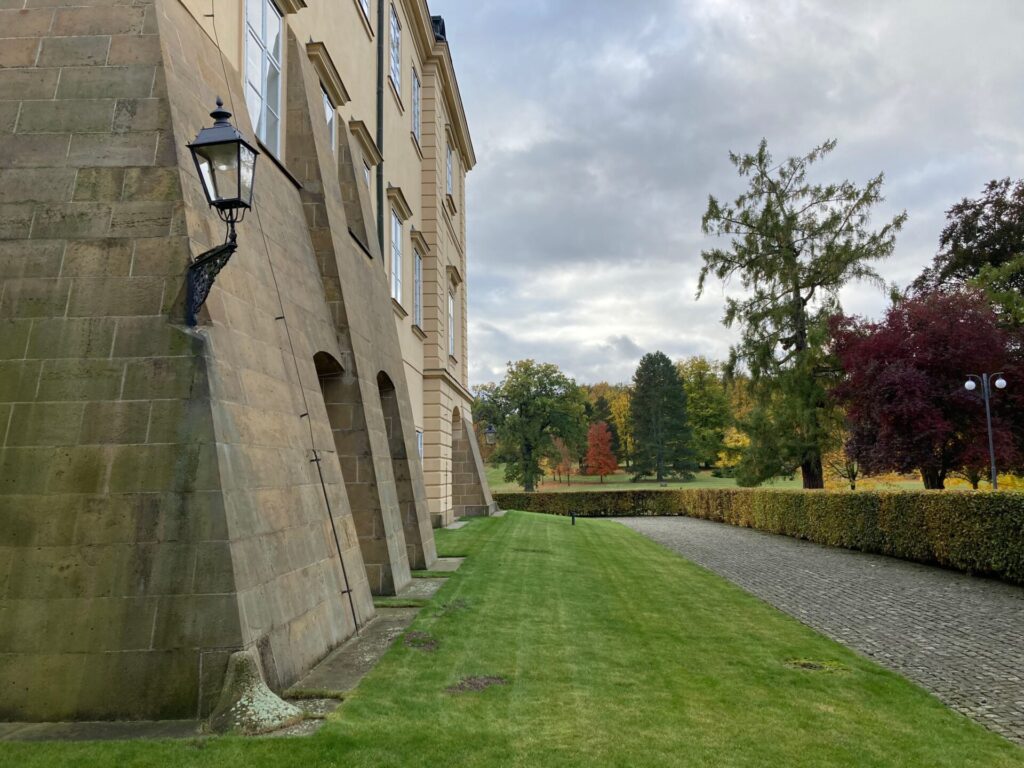
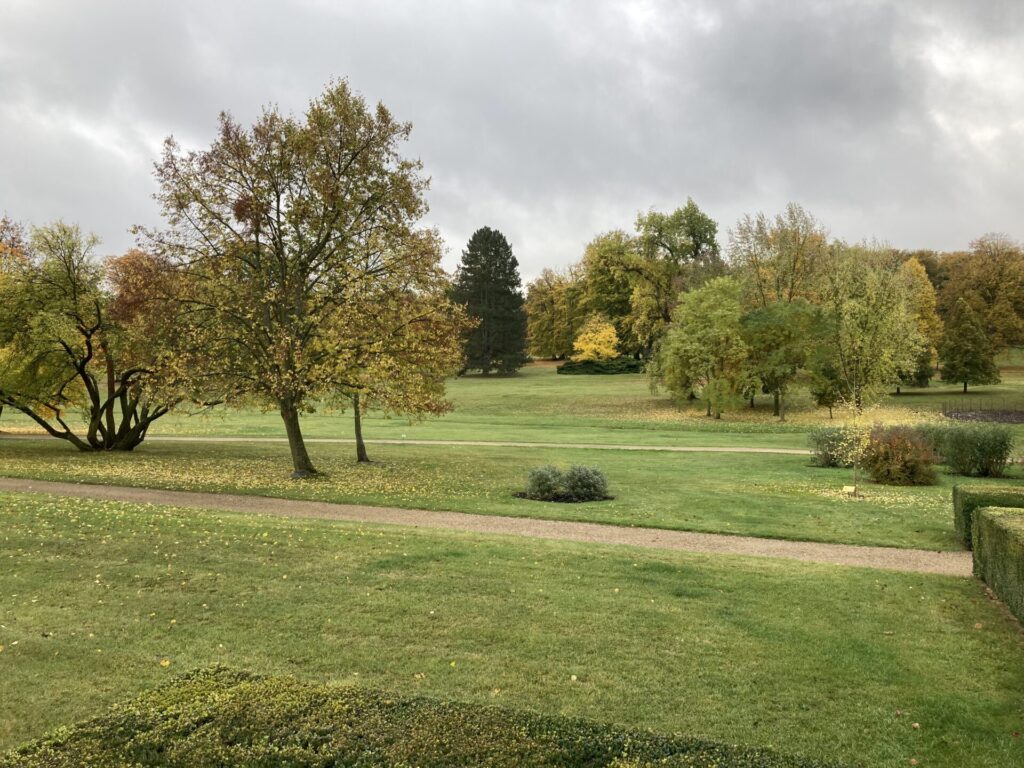
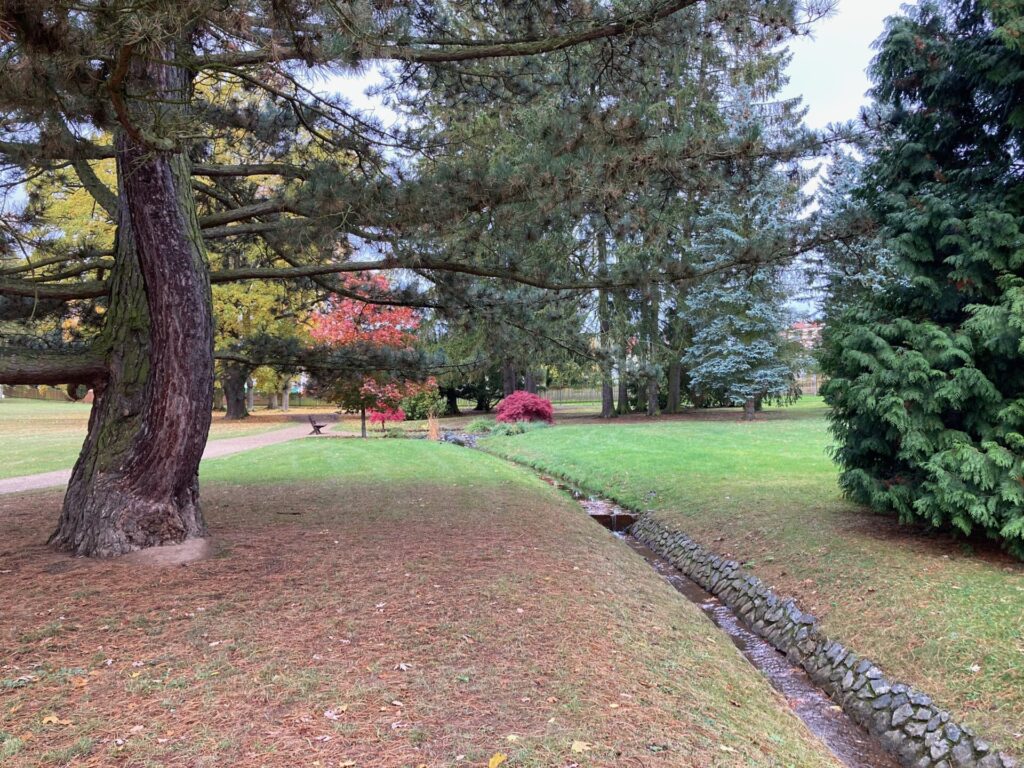
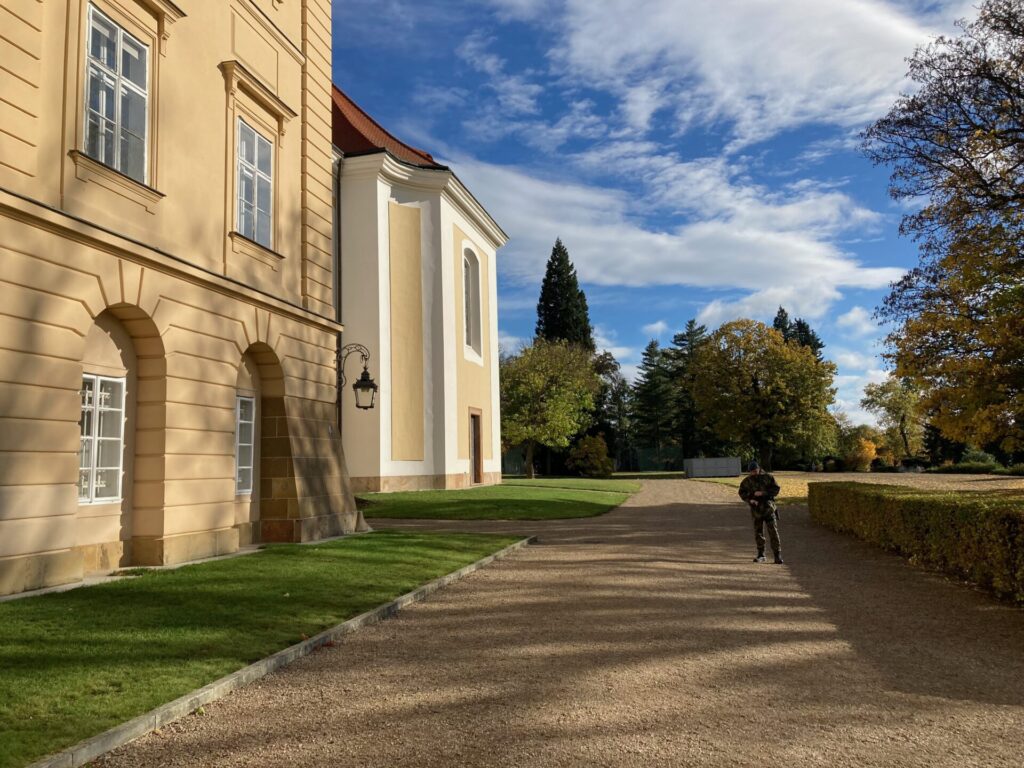
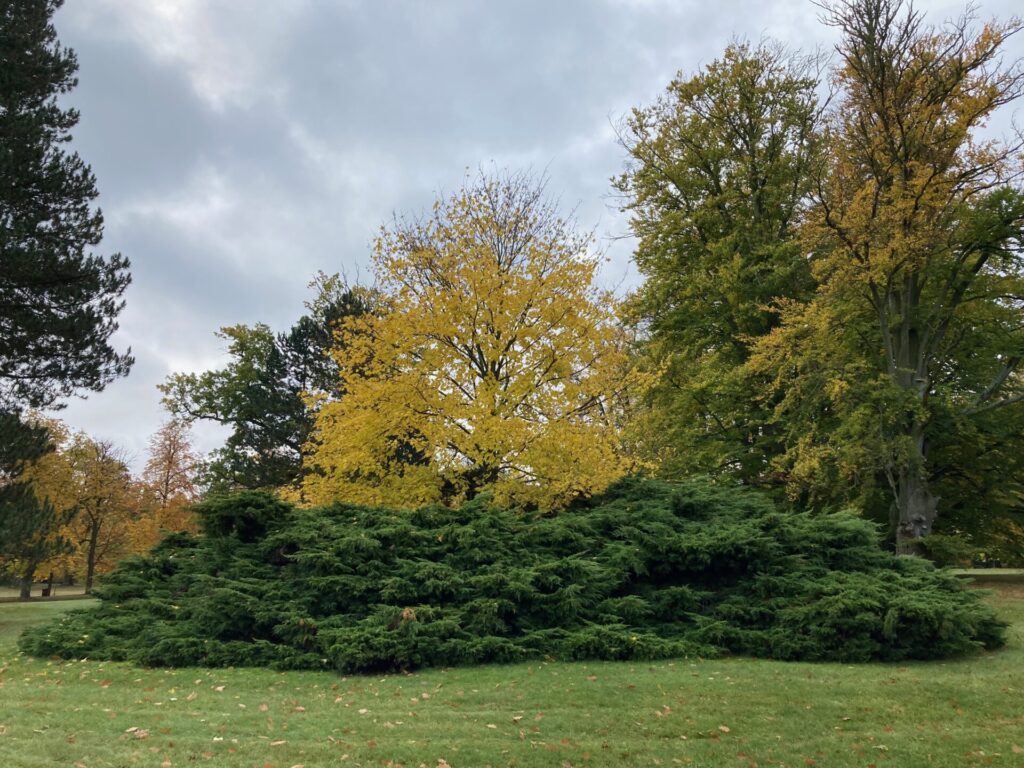
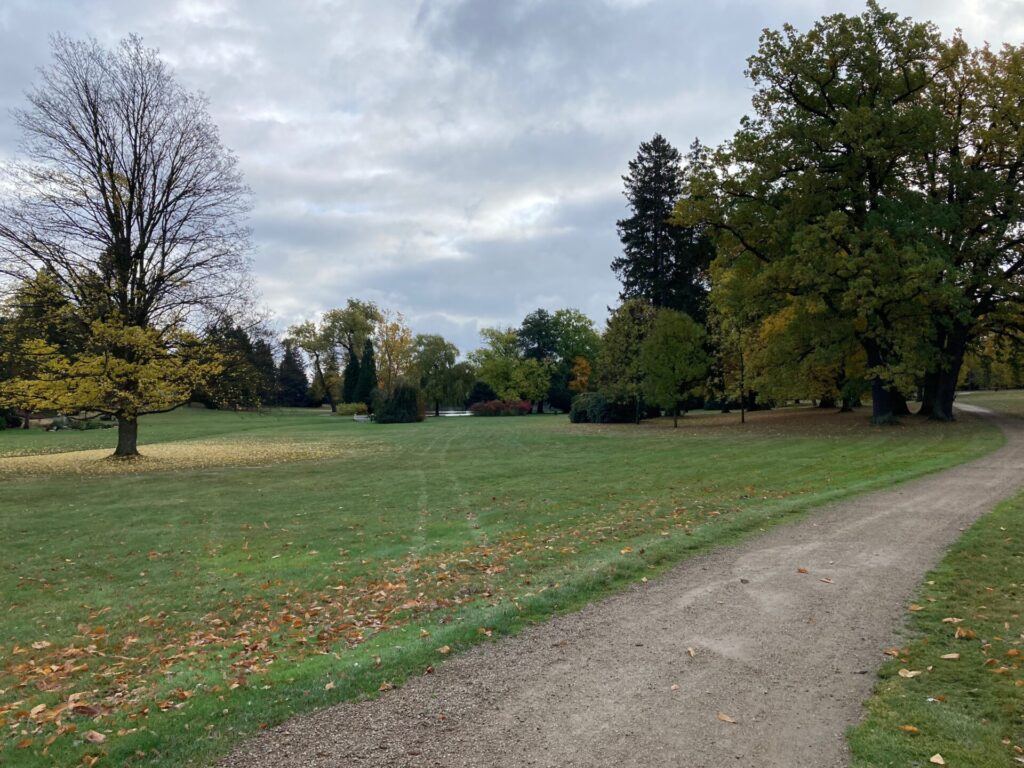
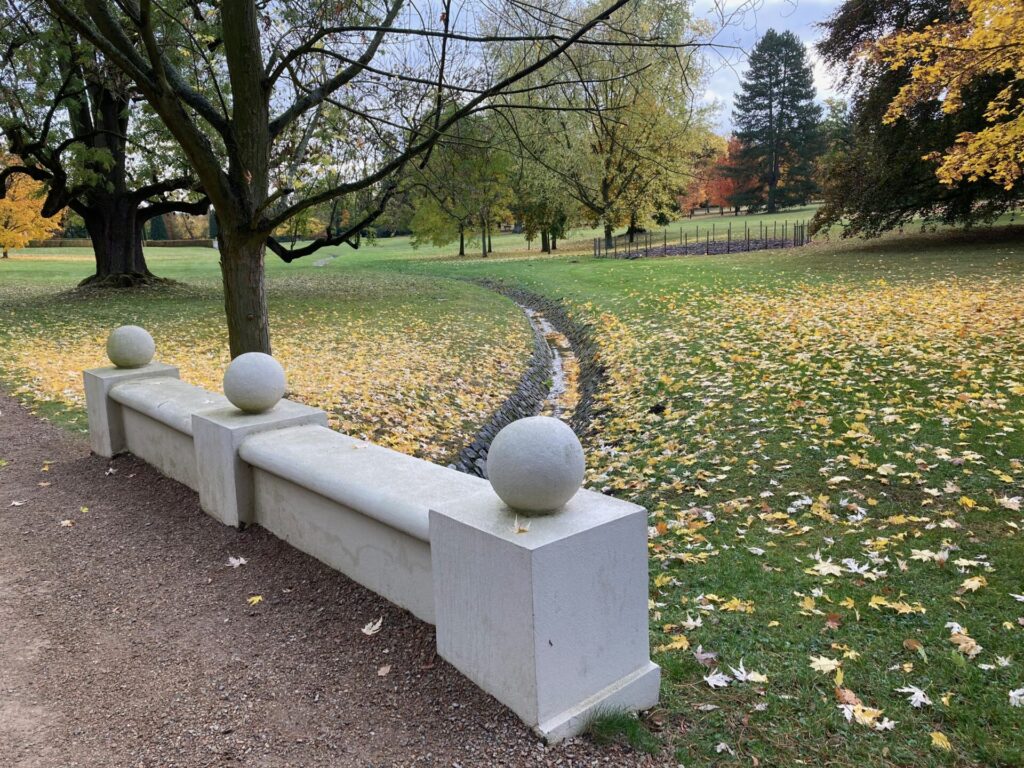
The Fürstenbergs, the last private owners of the chateau, owned Lány Castle from the beginning of the 18th century. In the middle of this century, Princess Anna Marie had a rococo chapel built here, connected on the first floor by a covered corridor (prampouch) with the eastern wing of the castle building. Today is the Church of the Holy Name of Jesus, the parish church of Lány.
At the beginning of the 19th century, the Fürstenbergs added a second floor to the castle, and at the beginning of the 20th century the third floor was built.
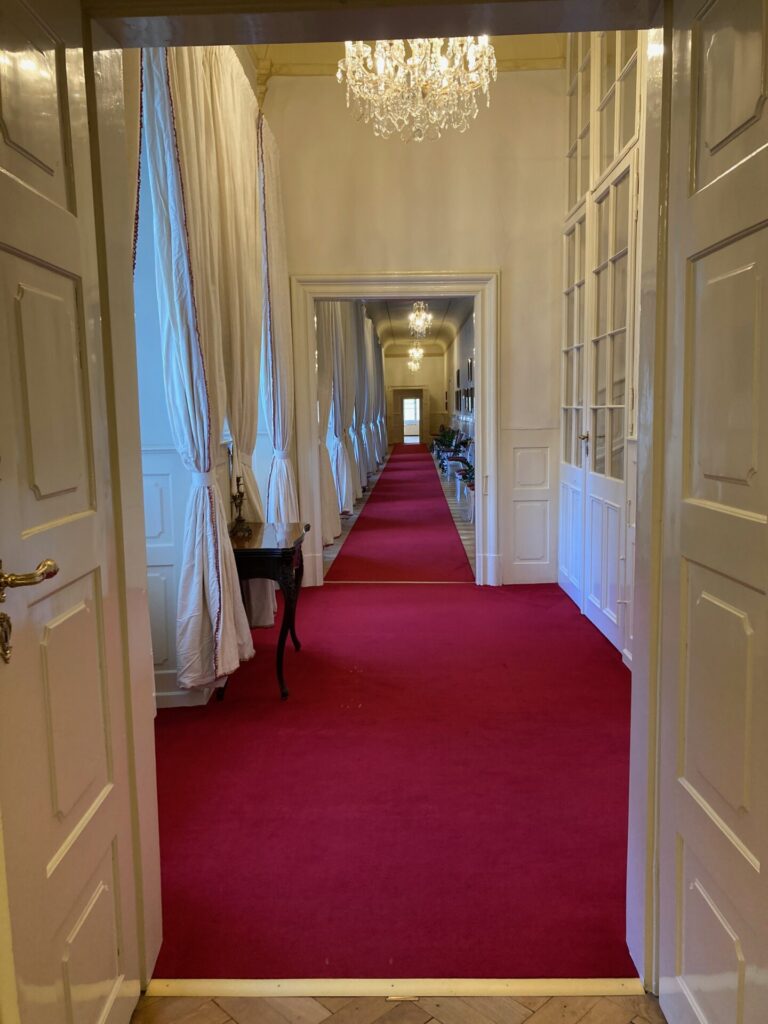
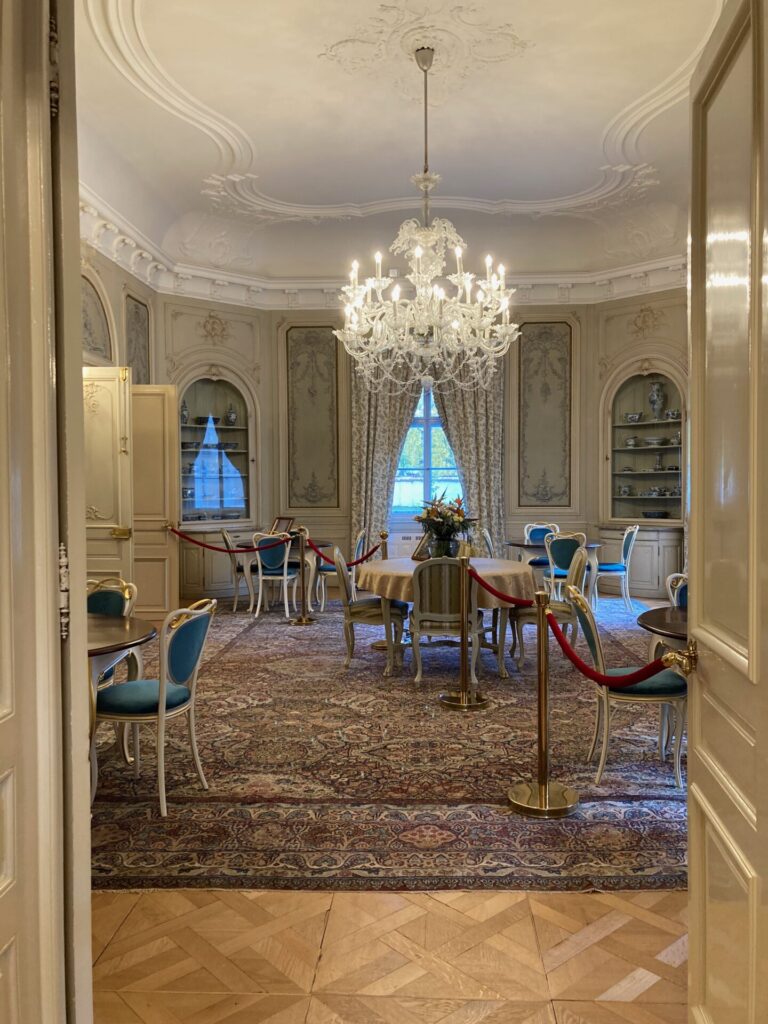
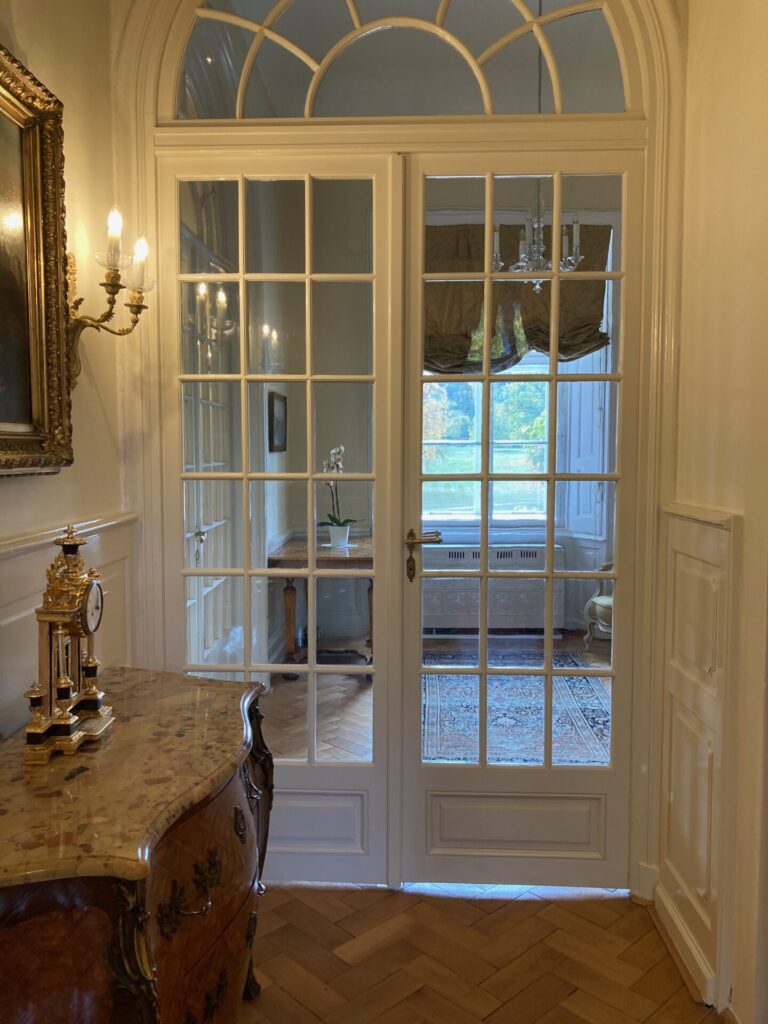
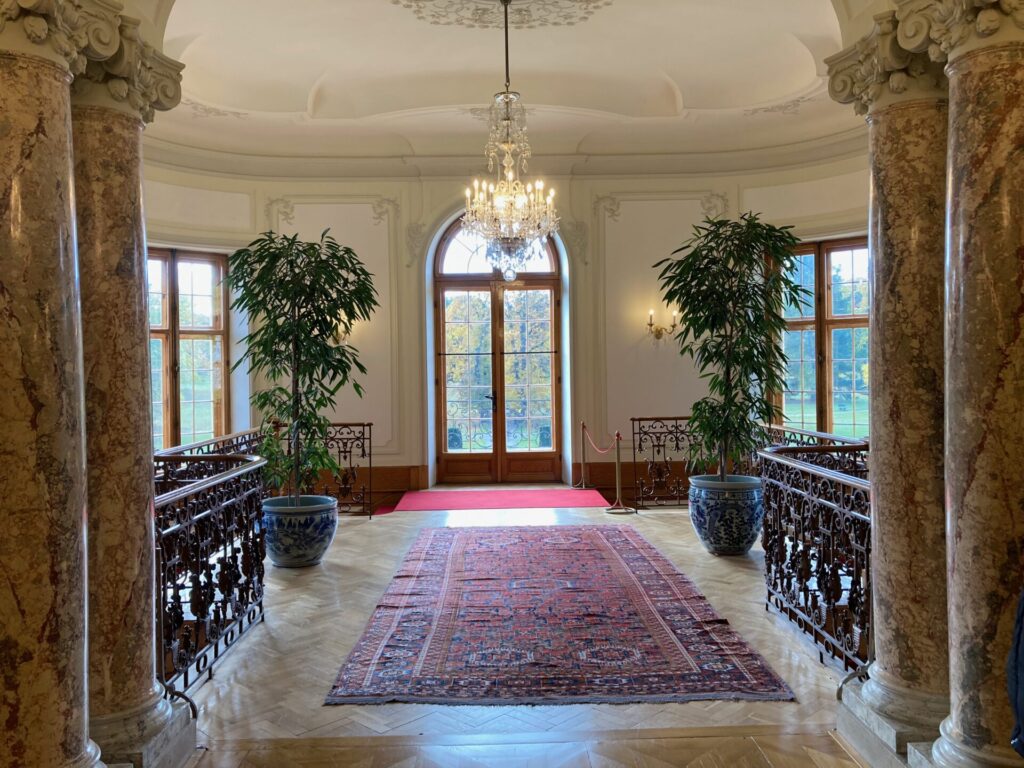
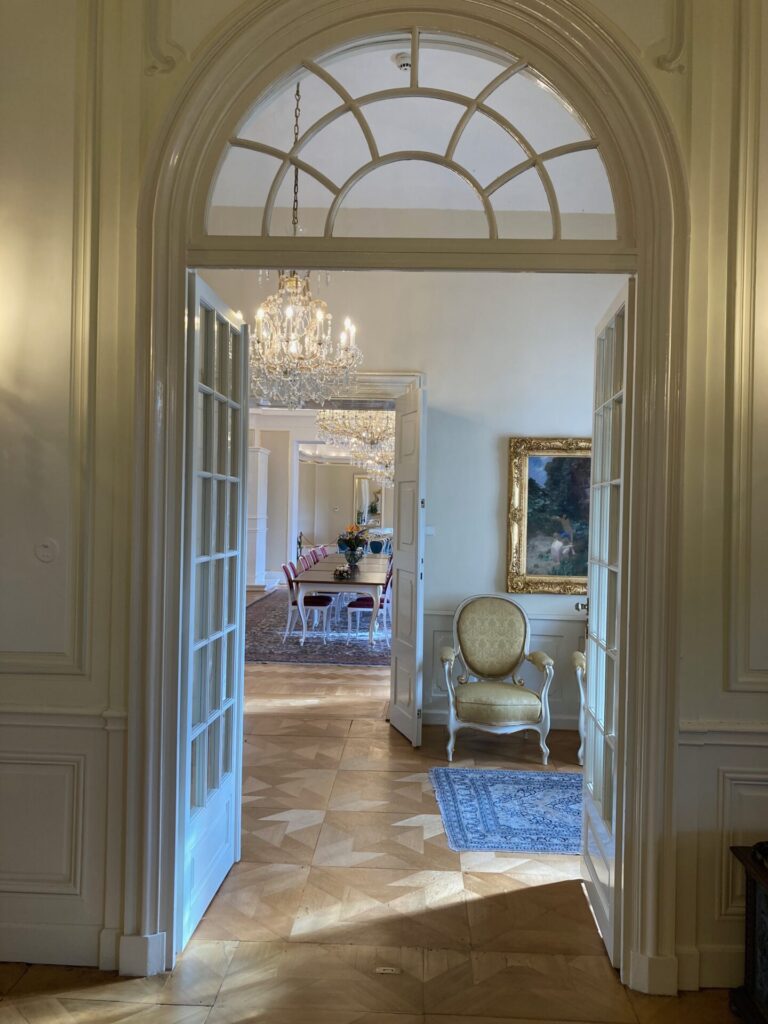
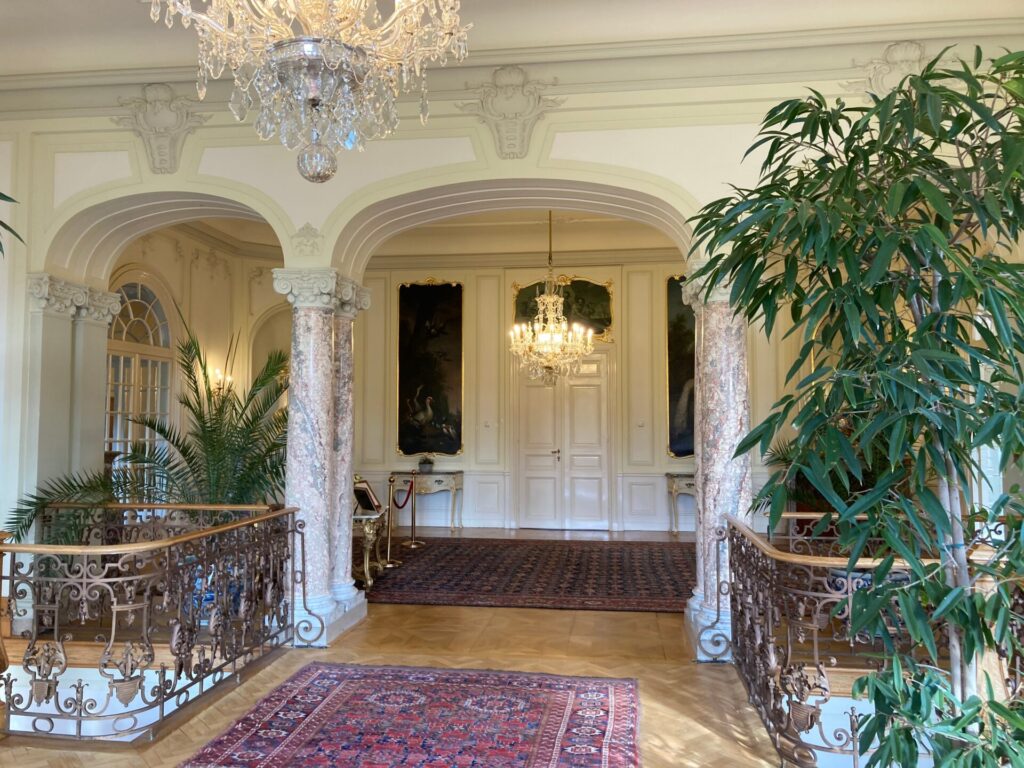
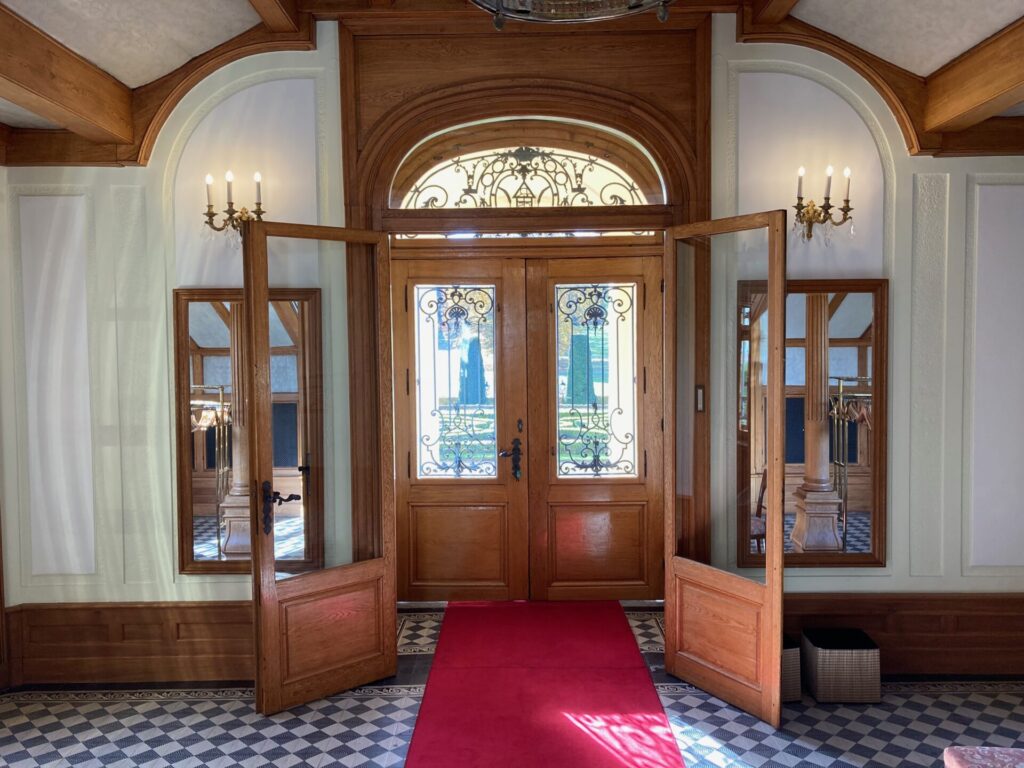
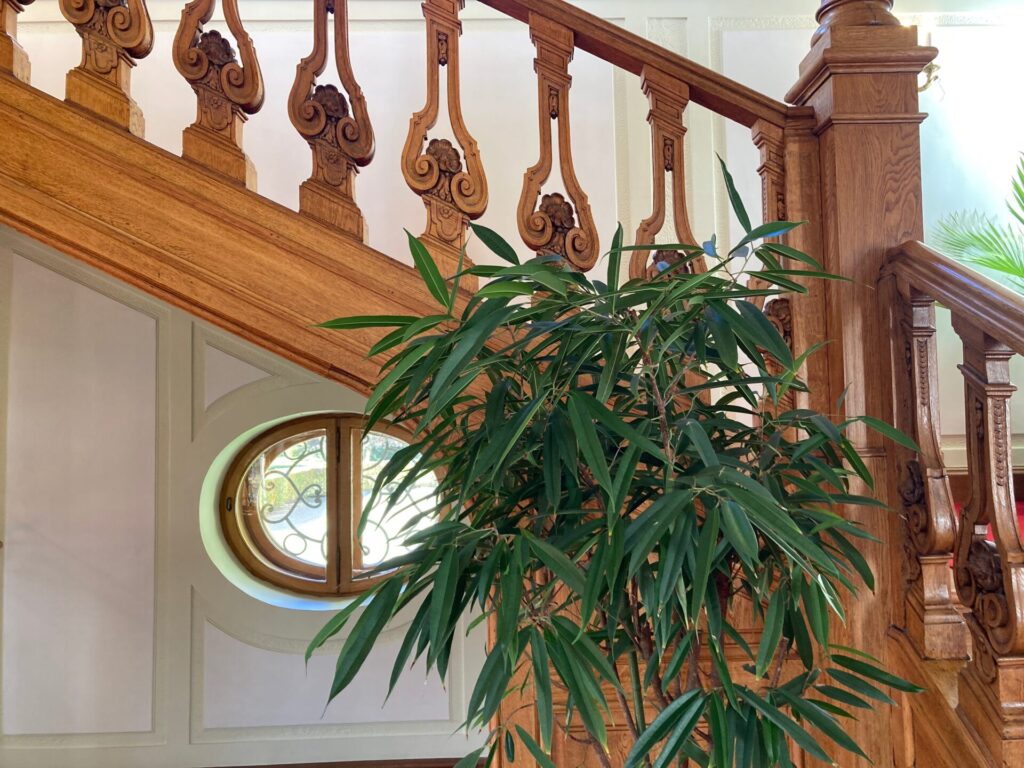
The First World War had a significant impact on the fate of the chateau in Lány. Before it began, the successor to the Habsburg throne, Franz Ferdinand d’Este, was a frequent guest in Lány. He was a passionate hunter whose assassination in Sarajevo was the trigger for this war; after the war, everything was different.
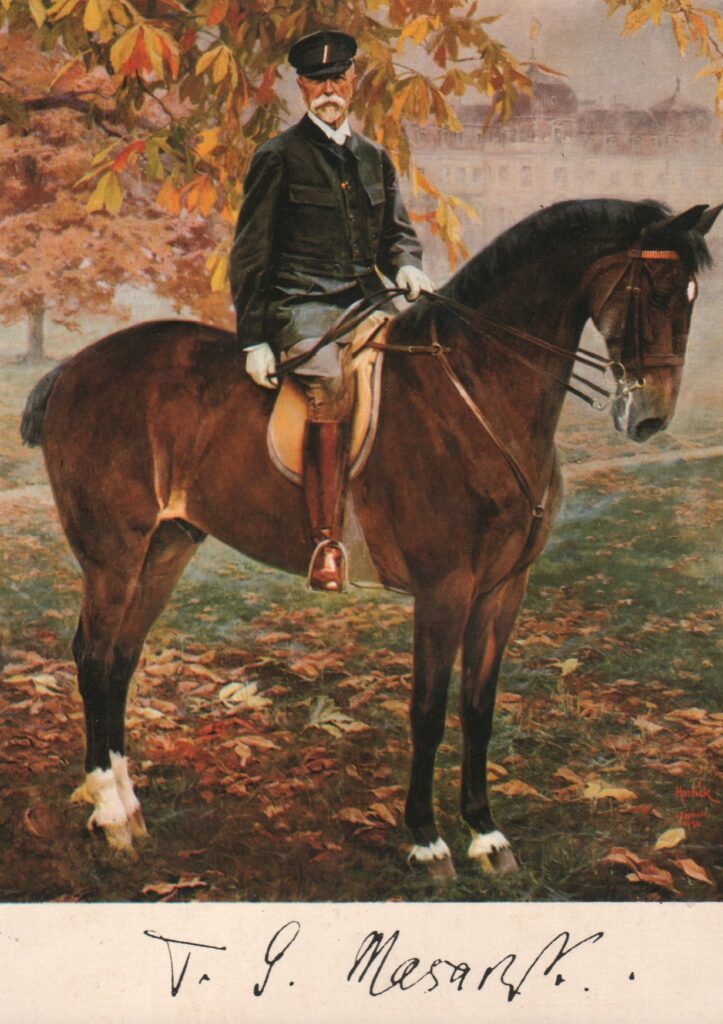
The newly founded republic was looking for a building that could become the presidential residence. Some other castles were also considered, but Lány won out as it was in perfect condition, electricity had already been installed in the castle, it was close to Prague – and above all, the first Czech president, Tomáš Garrigue Masaryk, quickly fell in love with it. The fact that he was an avid horse rider, and the Lány game reserve has an area of more than 7,000 acres may have played a role. (The first Czechoslovak president sat on a horse for the last time during the national holiday celebrations on October 28, 1935 at the age of 85.)
In July 1921, a purchase contract was concluded for the castle, estates, and related land, including the game reserve, with a price of almost 25 million crowns. (This is approximately equivalent in today’s currency to 500 million crowns, or about 21 million dollars.)
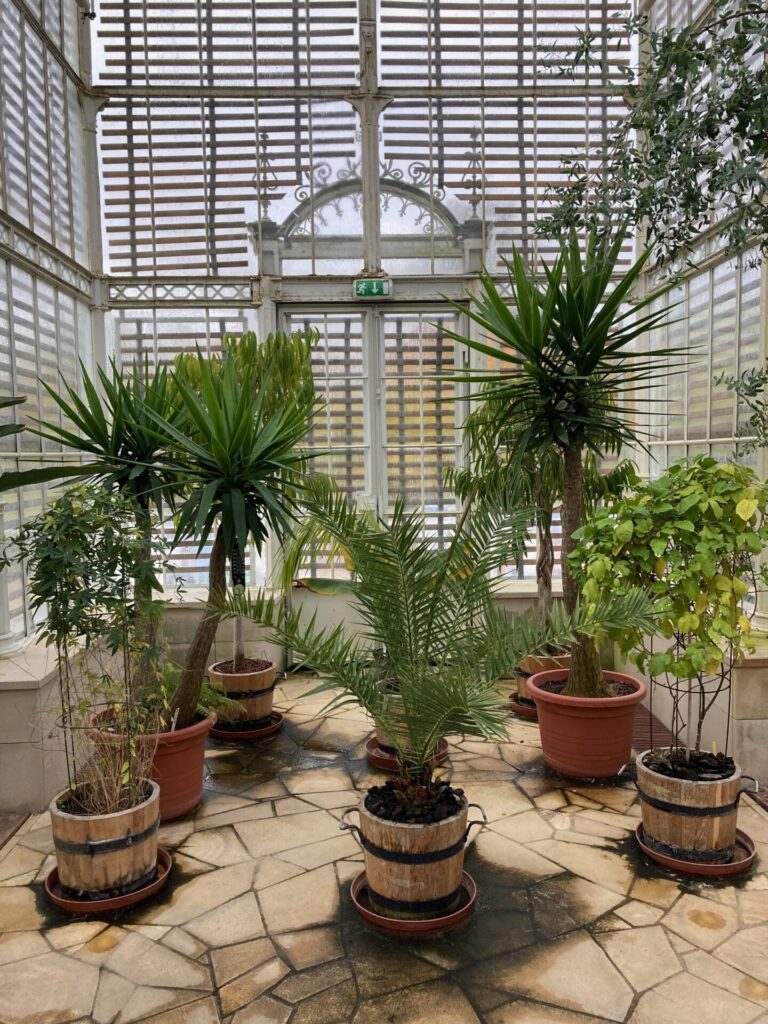
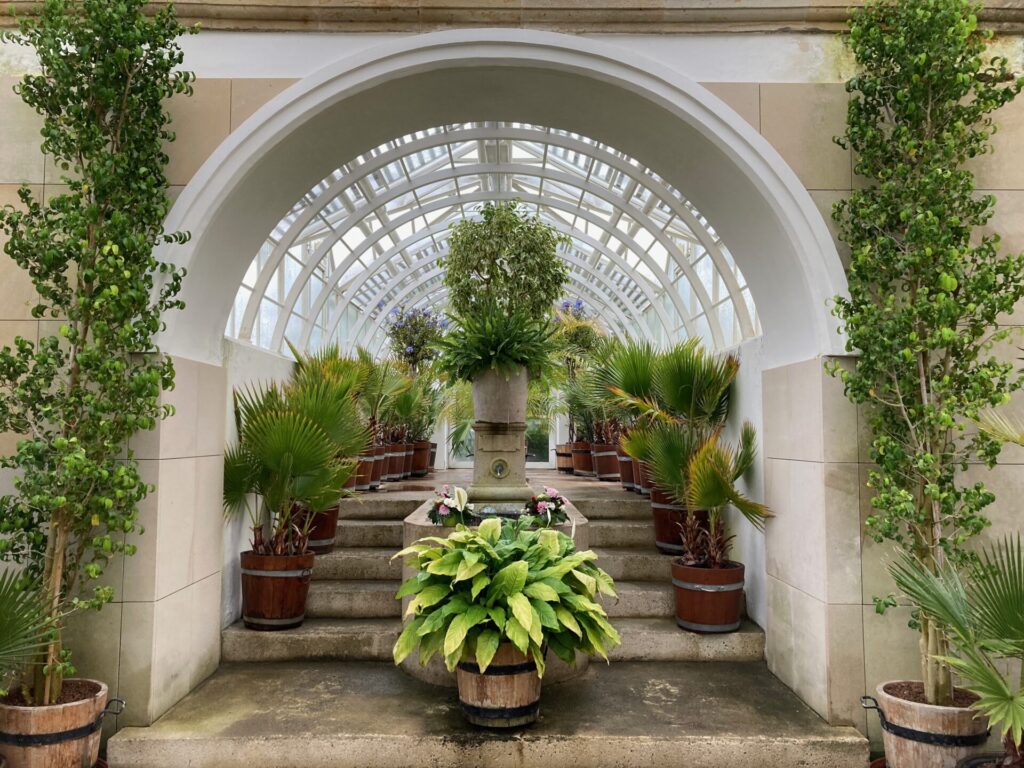
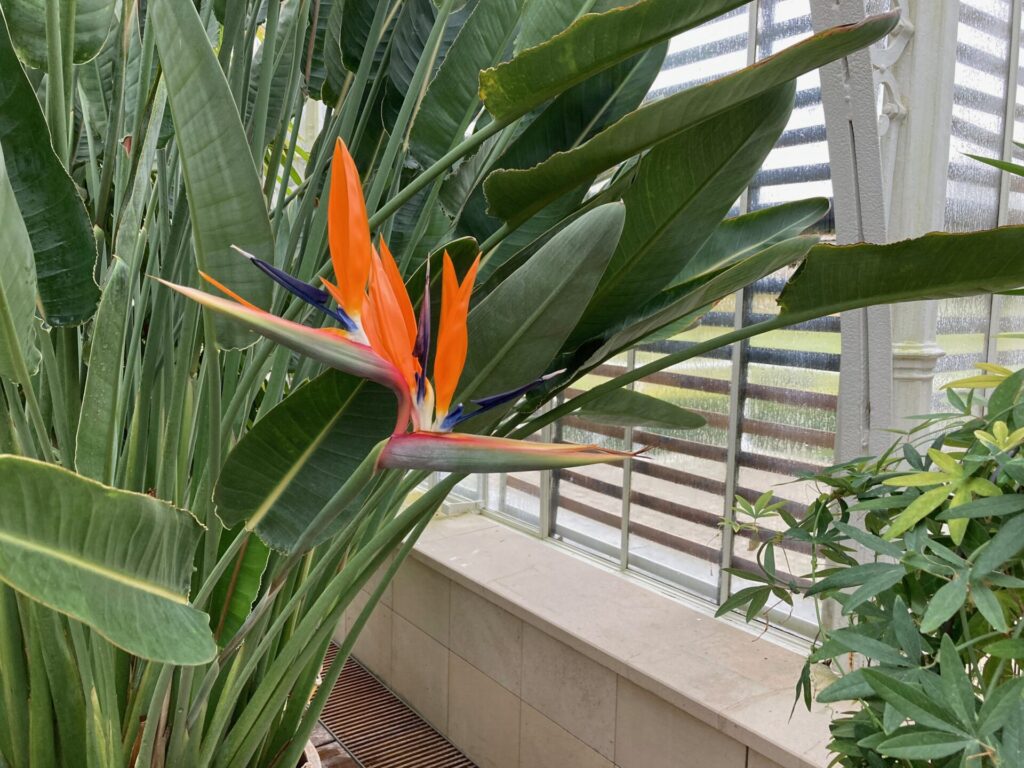
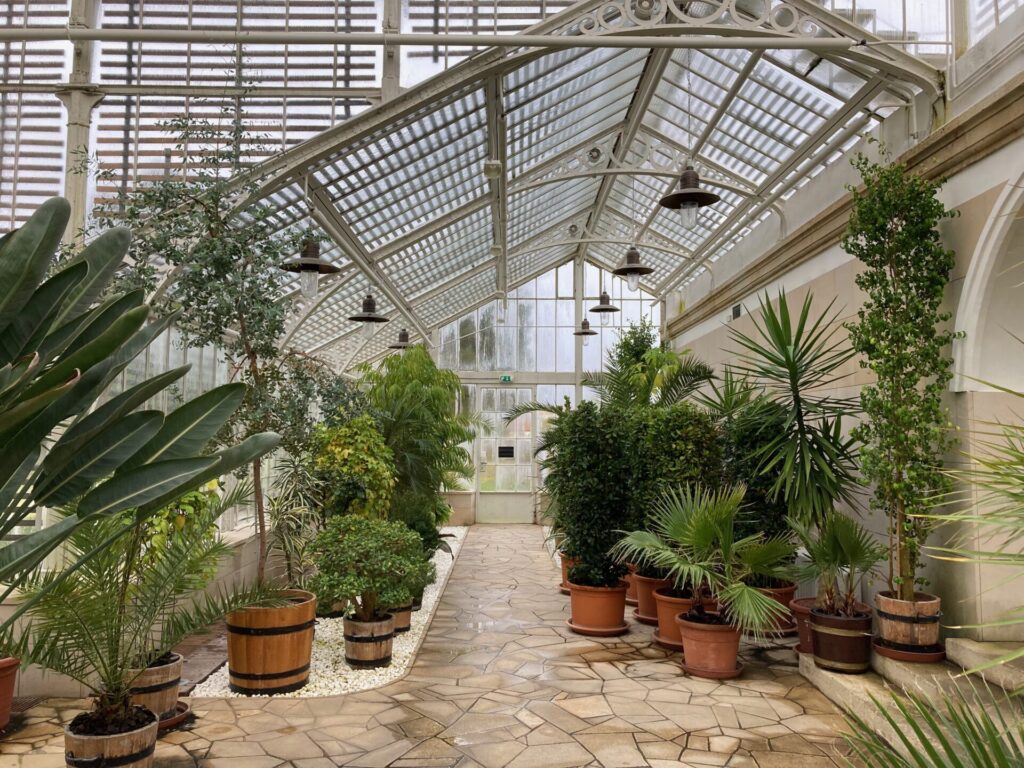
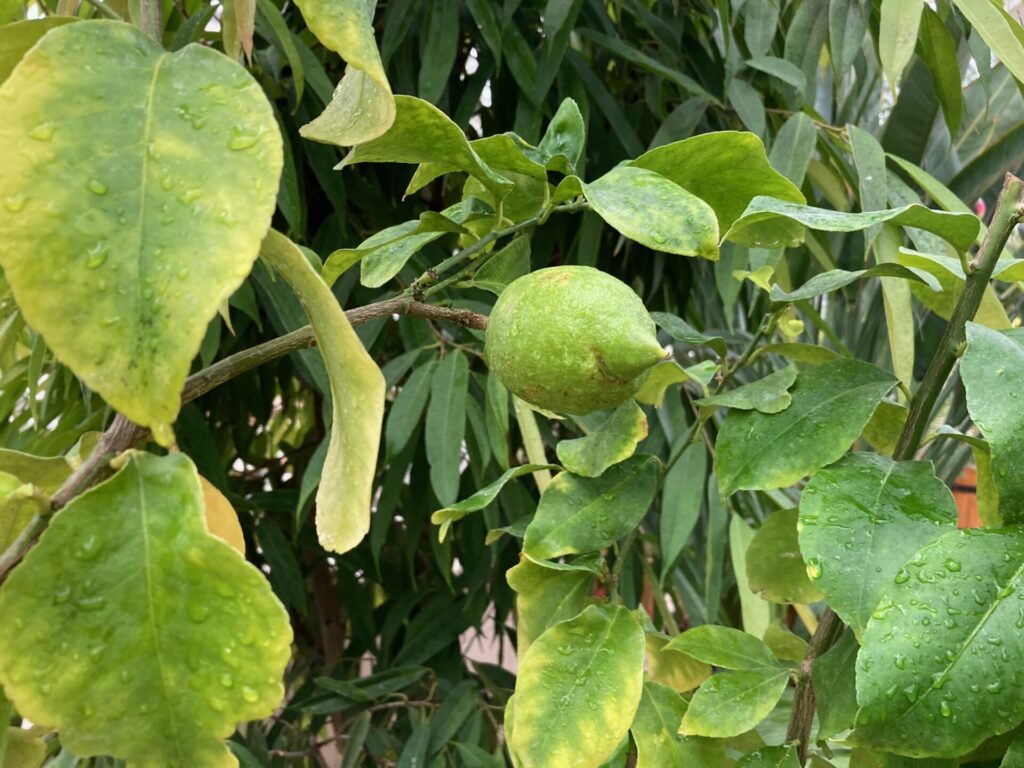
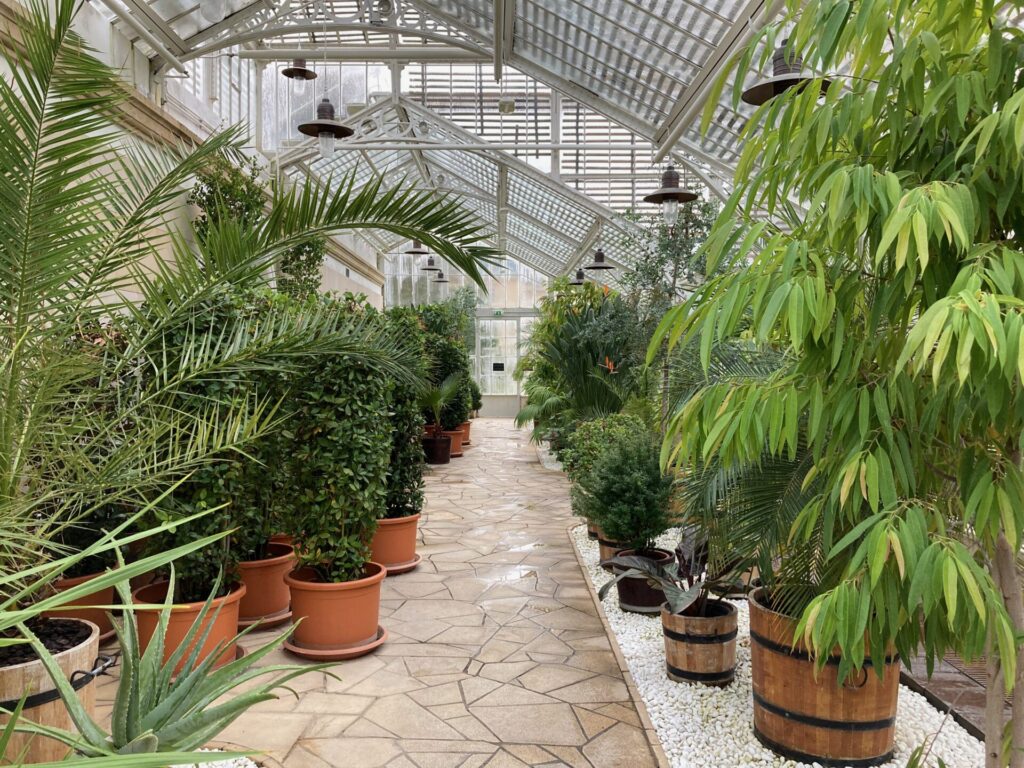
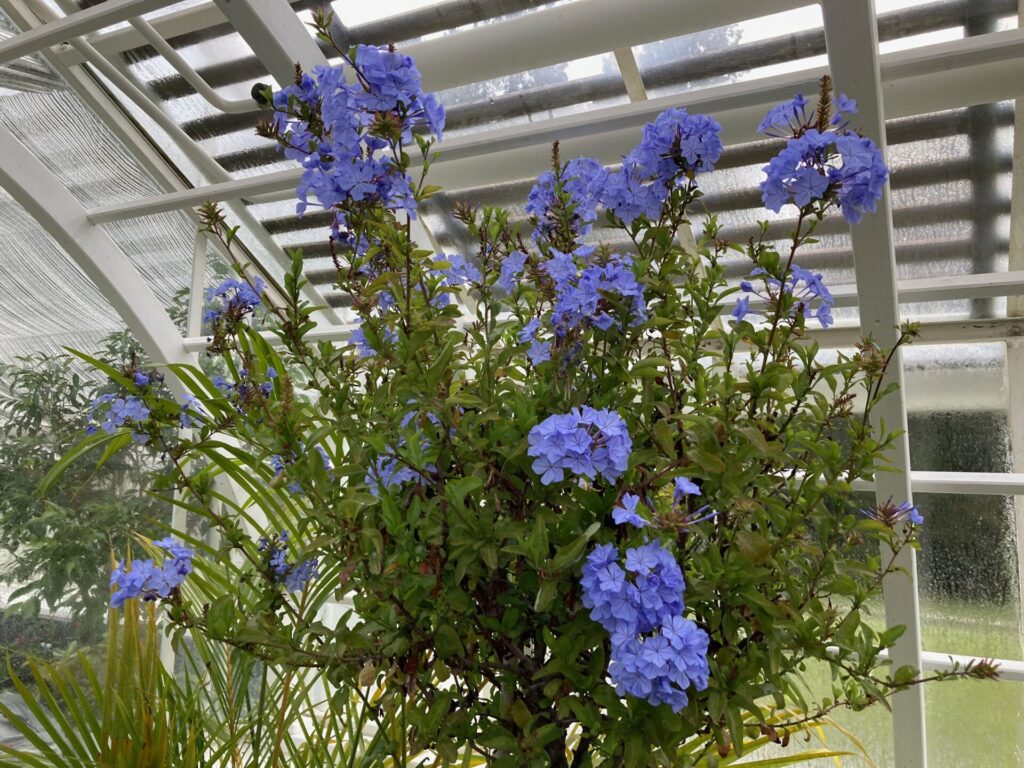
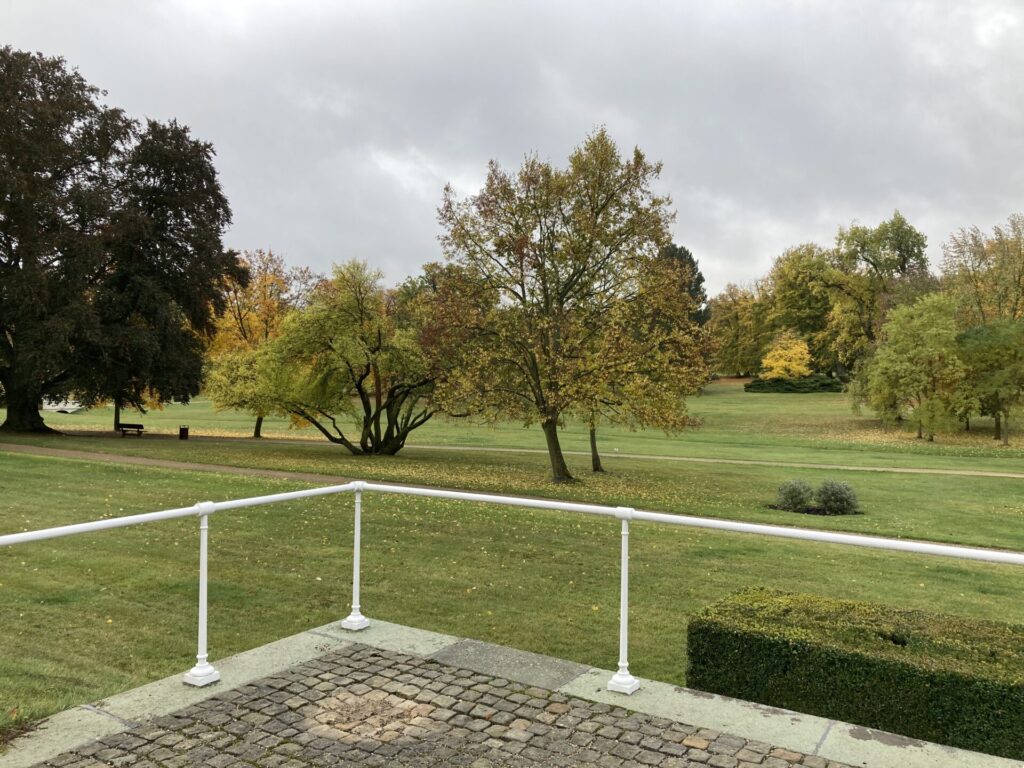
Since then, Lány Castle has been the official summer residence of the Czechoslovak and later Czech presidents. Tomáš Garrigue Masaryk was very fond of Lány. And because he was the first Czechoslovak president who enjoyed the respect of the majority and was even called “Daddy Masaryk,” he was allowed to stay here with his family for less than two years between his abdication and death. He also died in Lány, and before his body was transported to Prague Castle, the coffin was displayed in the salon of the castle.
The Grave of President Masaryk and His Family
President Masaryk was elected president a total of four times. The fourth time was in 1934 when he was already 84 years old and did not even want to run for office due to his poor health. He abdicated in December 1935 and died in September 1937. He is buried in the Lány cemetery, together with his wife Charlotte (1850-1923), son Jan (1886-1948) and daughter Alice (1879-1966).
Short Context for History Lovers
Jože Plečnik, who President Masaryk chose as the castle architect (Plečnik worked at Prague Castle from 1921-1935 and made many significant changes), took part in the improvements to the grounds of Lány Castle. He is also the author of the brick wall around the eastern dam of the pond. The wall includes five columns with gargoyles shaped like a lion’s head. The water flowing from the lions’ mouths overflows into the fountain and falls from the mouth of another lion’s spout into the castle pond.
The five heads symbolize Bohemia, Moravia, Silesia, Slovakia, and Subcarpathian Rus; the sixth gargoyle then represents the unified state established in 1918:
– Silesia is a territory spread between three states; a more significant part of Silesia was and is part of Poland, a more minor part is Czech, and an even smaller part is German
– Subcarpathian Rus was part of Czechoslovakia until 1945, today this territory belongs to Ukraine
– Slovakia never had its state until the formation of Czechoslovakia. Until 1918, it was part of Hungary, called Upper Hungary
– On March 14, 1939, however, Slovakia declared its independence and was an ally of Nazi Germany during the war; after the war, Czechoslovakia was restored, which ceased to exist on December 31, 1992; since January 1, 1993 there have been two separate states, the Czech Republic and the Slovak Republic
– even before the creation of the Slovak state, the Munich Agreement was signed on September 29, 1938, which ordered the cession of the border territories of Bohemia, Moravia and Silesia (called Sudetenland) to Nazi Germany. This agreement is still perceived as a historical injustice in the Czech Republic; the treaty is called the “Munich Betrayal” or “About Us Without Us” because Italy, France, and Great Britain concluded the agreement with Germany on the surrender of our territory – in the hope the policy of Appeacement would satisfy Hitler’s territorial claims and World War II would be prevented. We lost territory, people had to move inland, and on March 15, 1939, we were occupied by Germany, and the Protectorate of Bohemia and Moravia was established.
Monument to Those Who Died in the First World War
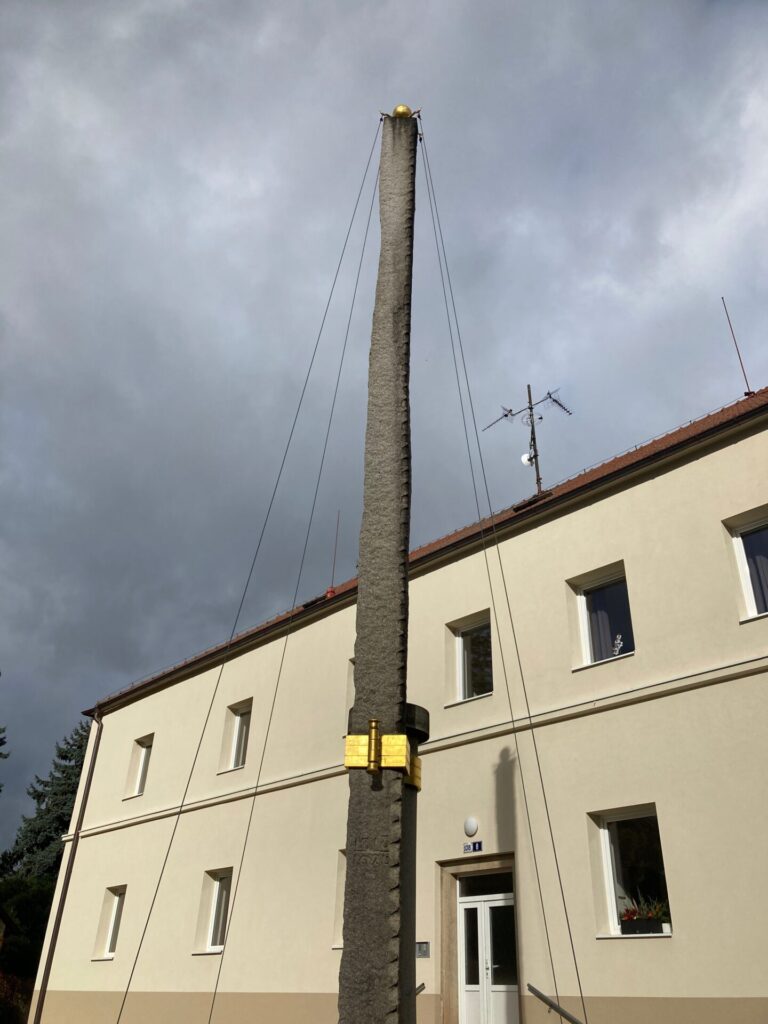
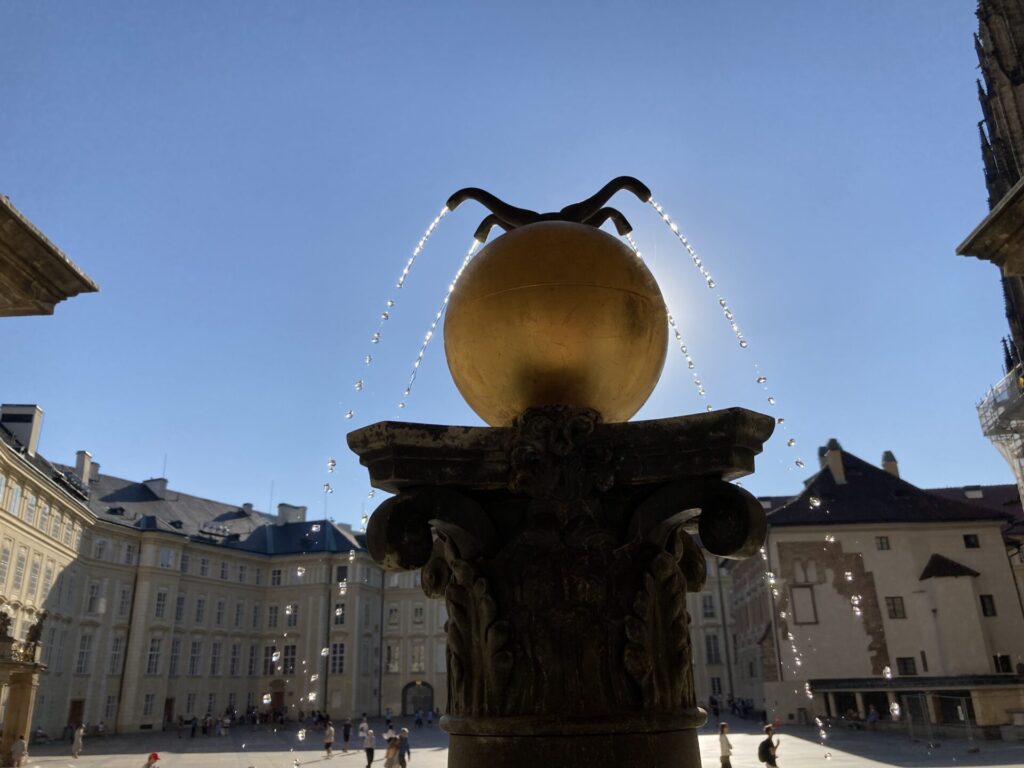
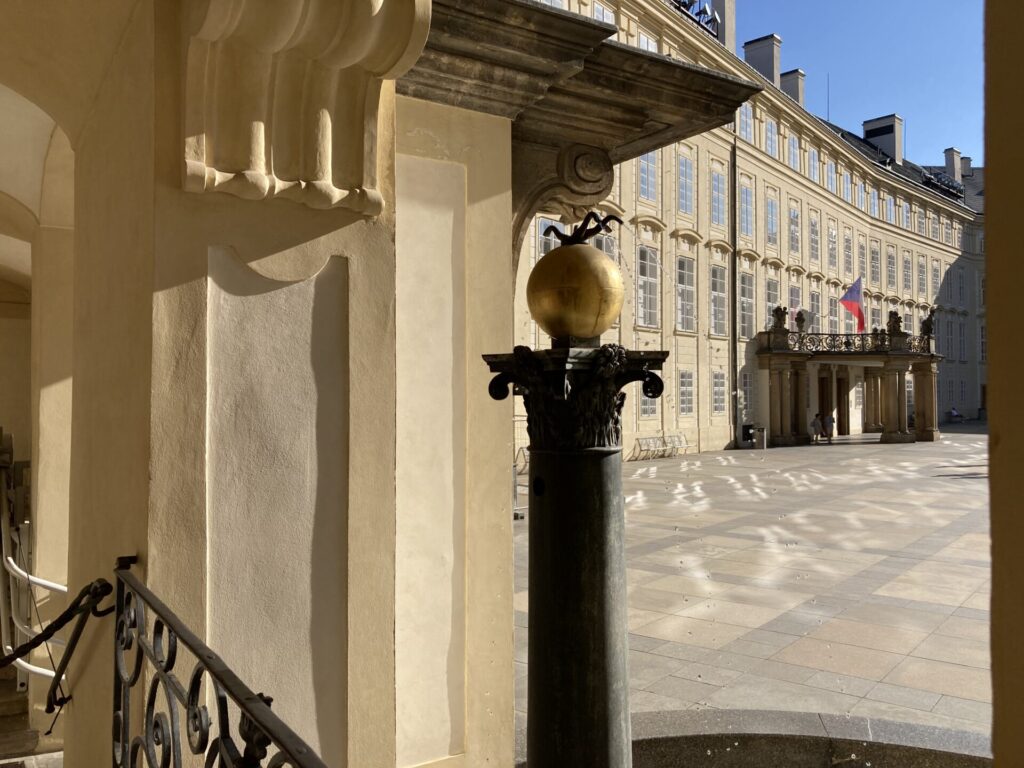
Even this ten-meter slender obelisk made of rough granite was created according to Jože Plečnik’s design. It was built by architect Otto Rothmayer, Plečnik’s later successor as chief architect of Prague Castle. (Interestingly, the obelisk is a splinter of a granite monolith in the third courtyard of Prague Castle.) The brass ball at the top of the obelisk also has its “twin” in the third courtyard of the Castle – at the top of the Eagle’s Fountain.
The names of those who died in the First World War are carved on the smooth lower column. In that war, whose imaginary first victim was the successor to the throne, Archduke Franz Ferdinand d’Este, who shot 98 big game in one forenoon during his last hunt on the game reserve of Lány Castle in the fall of 1913.

